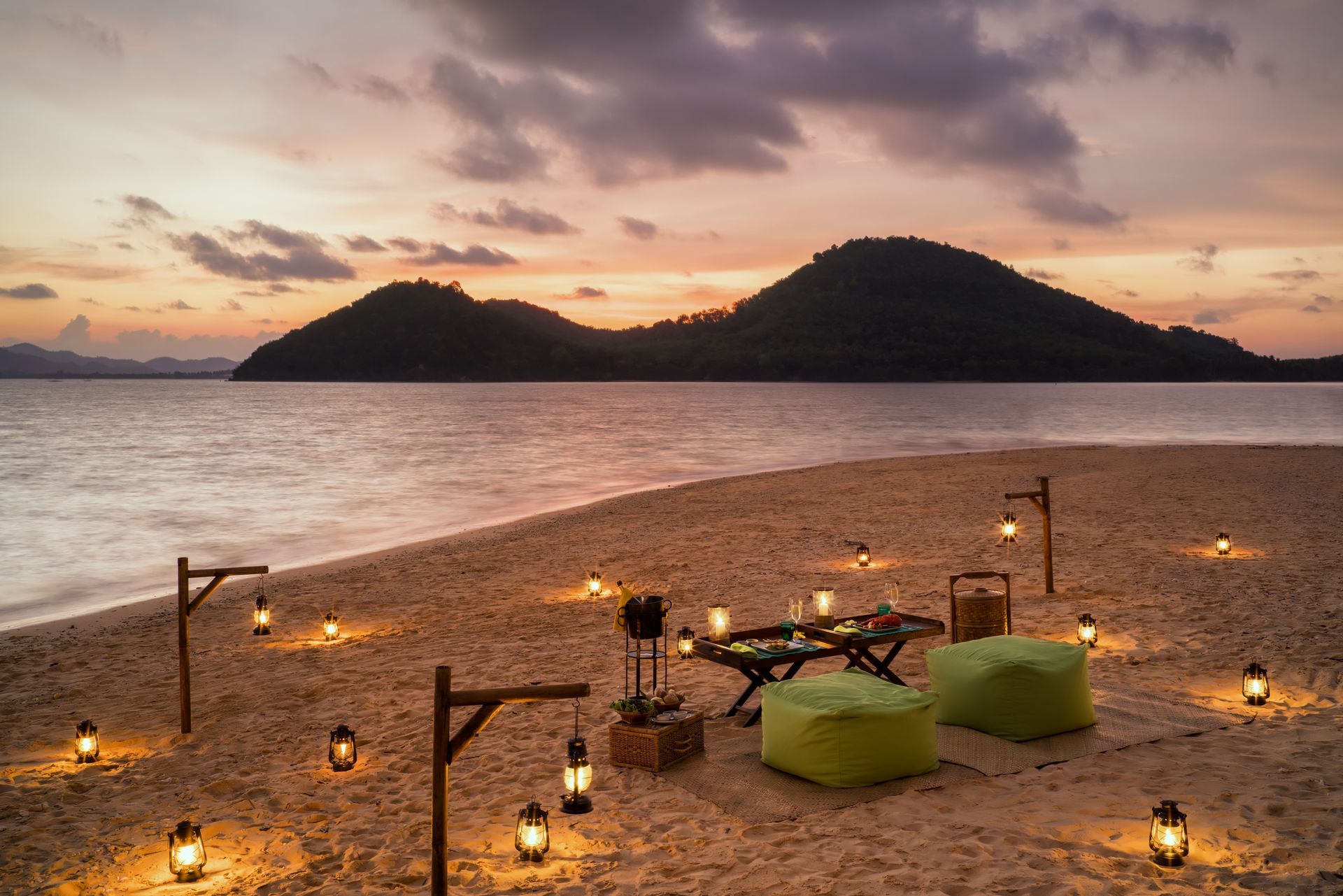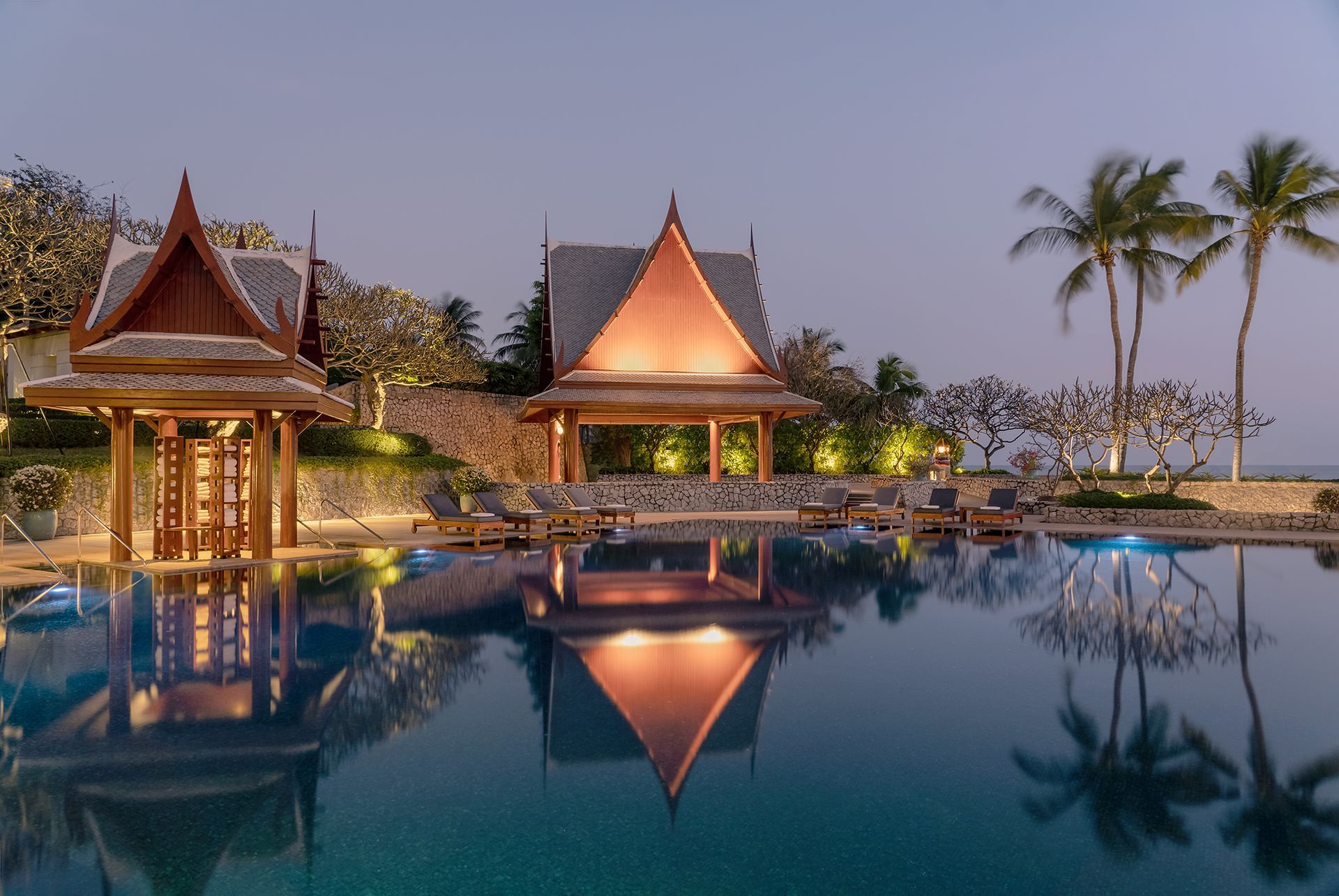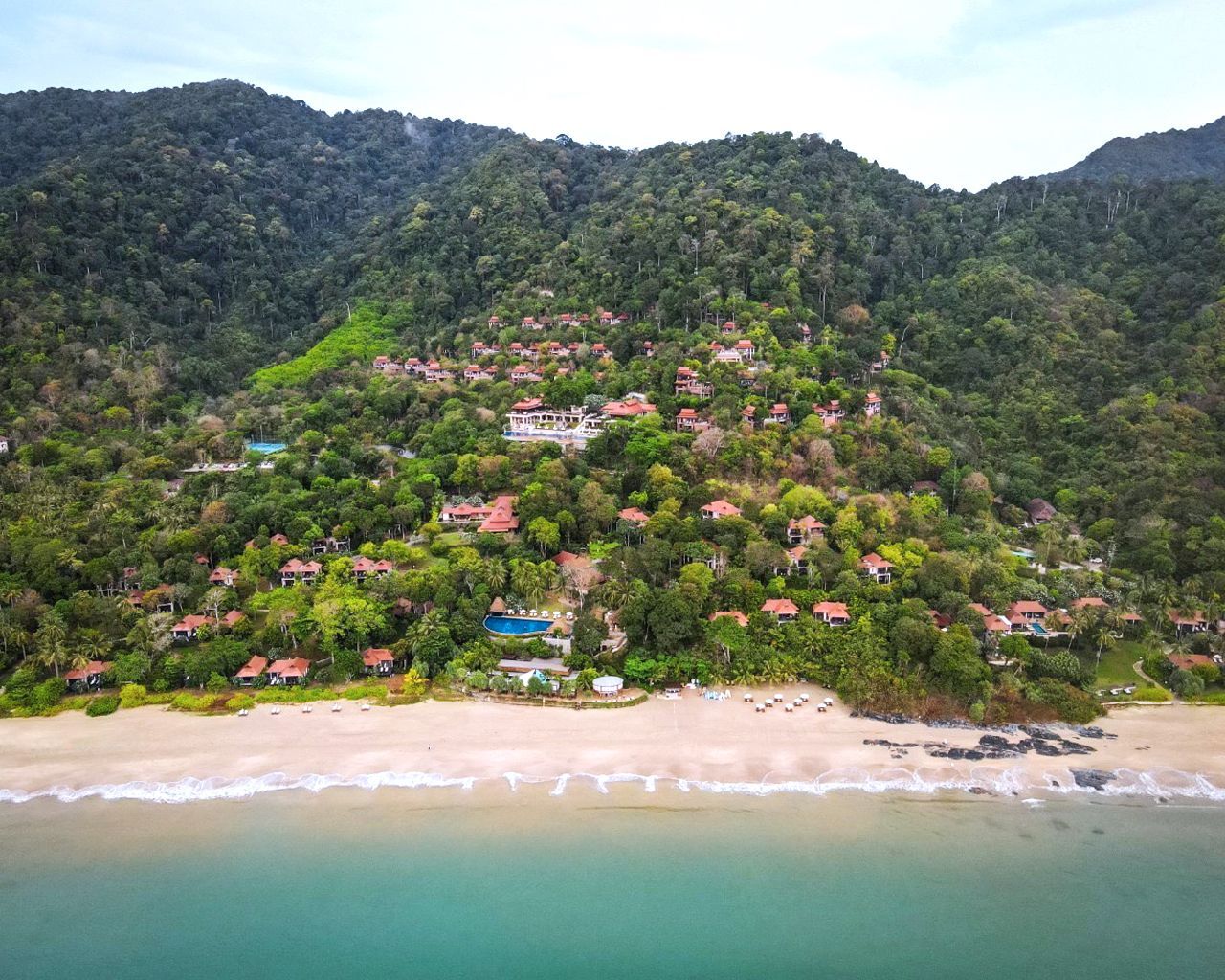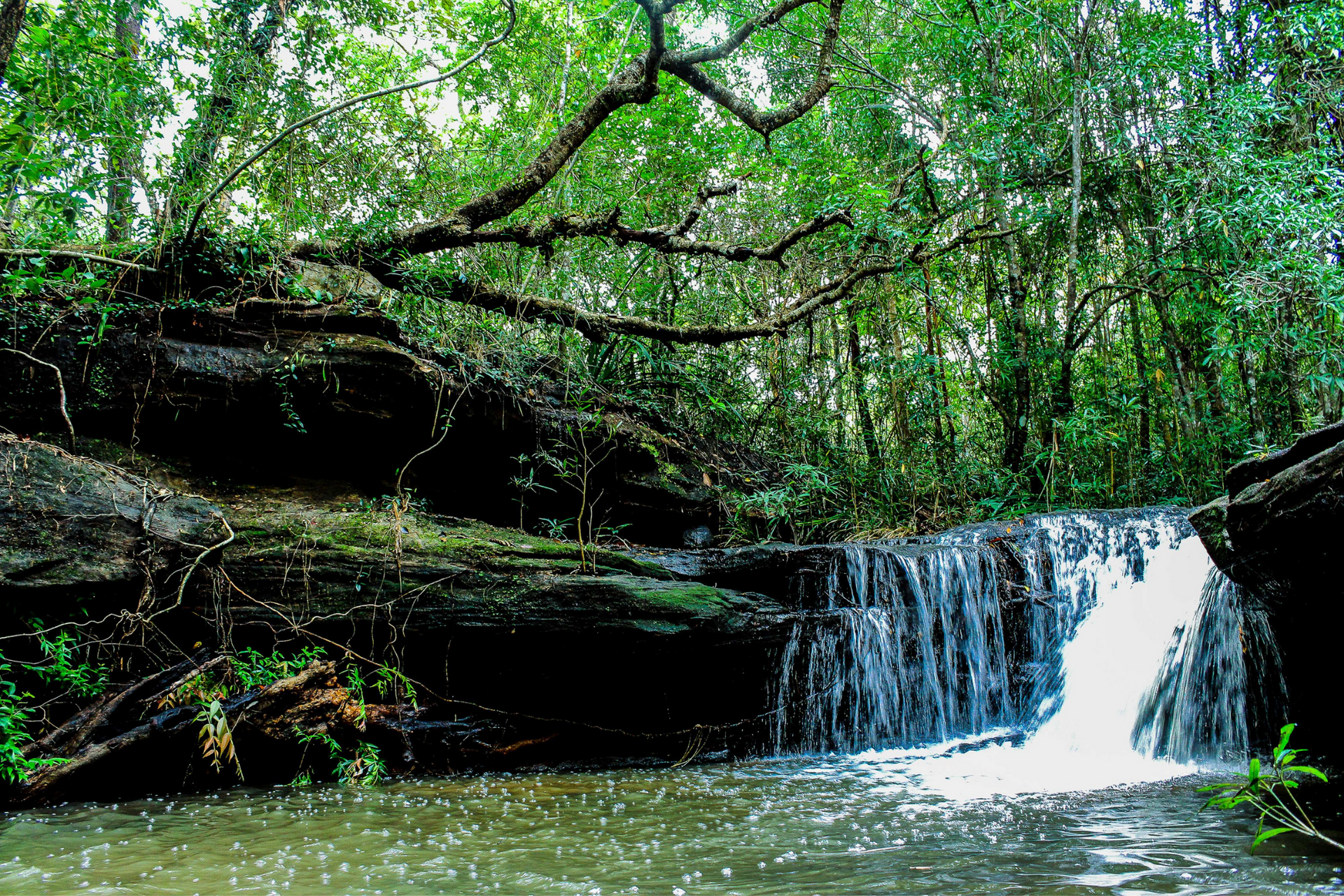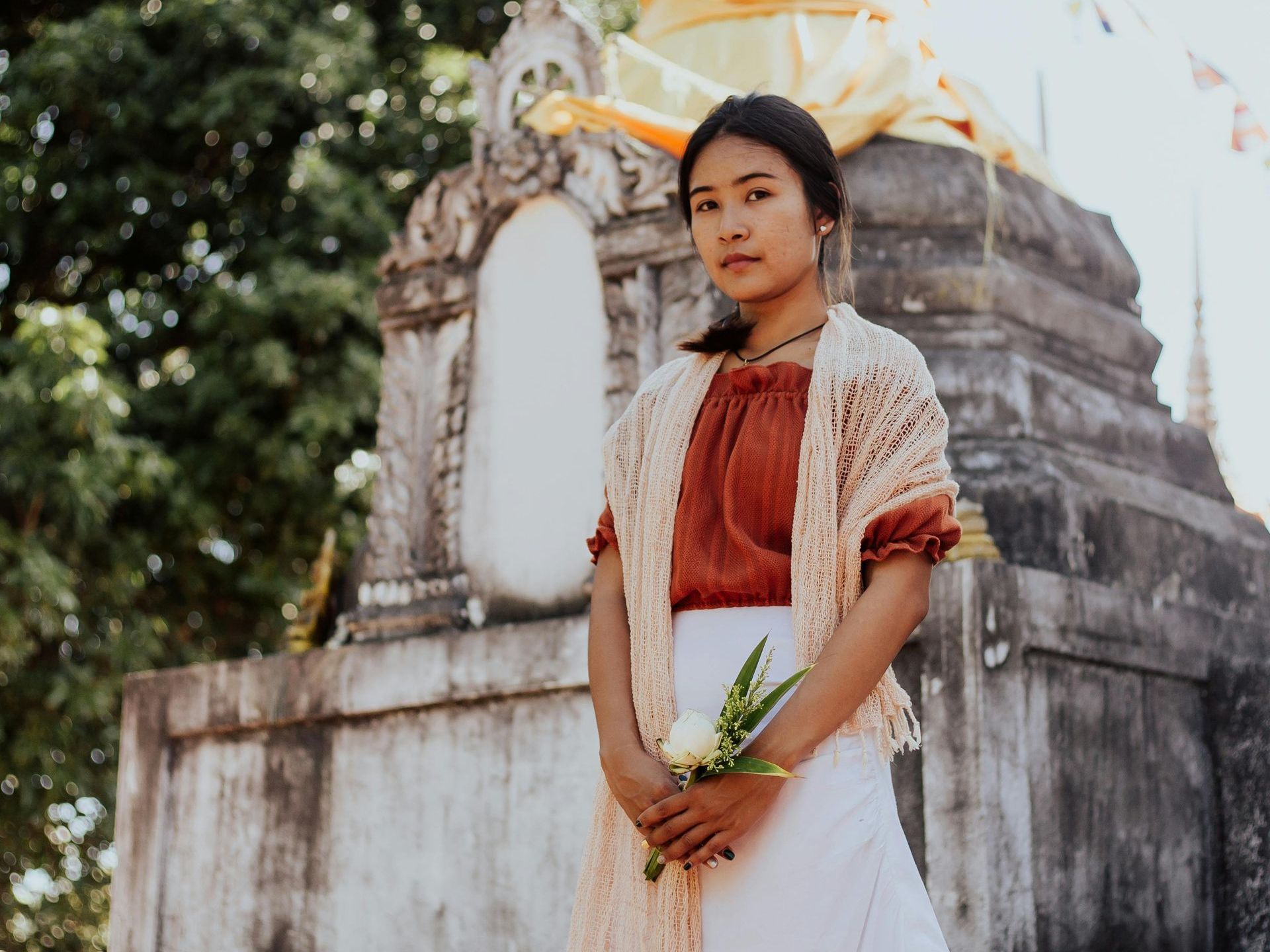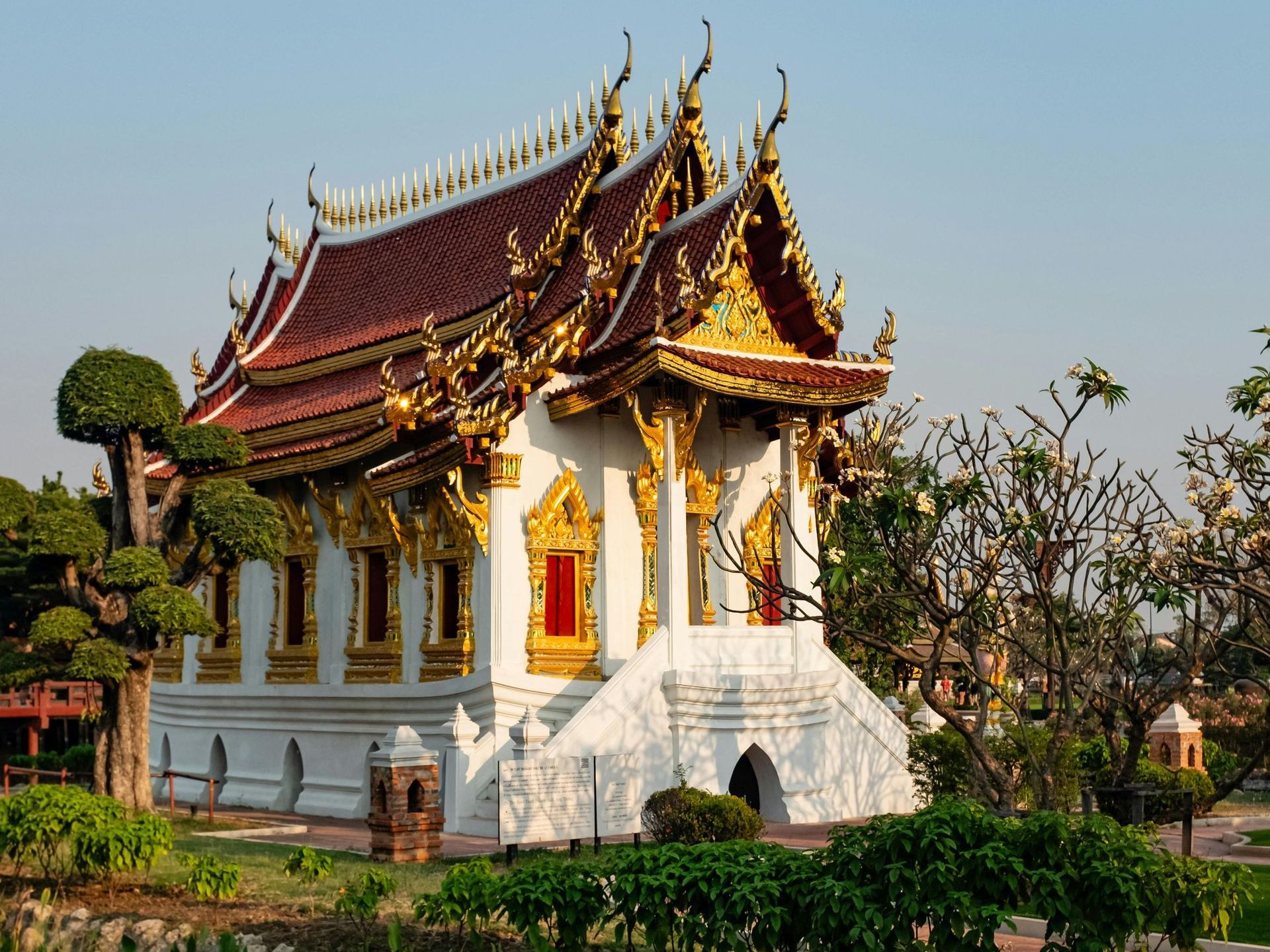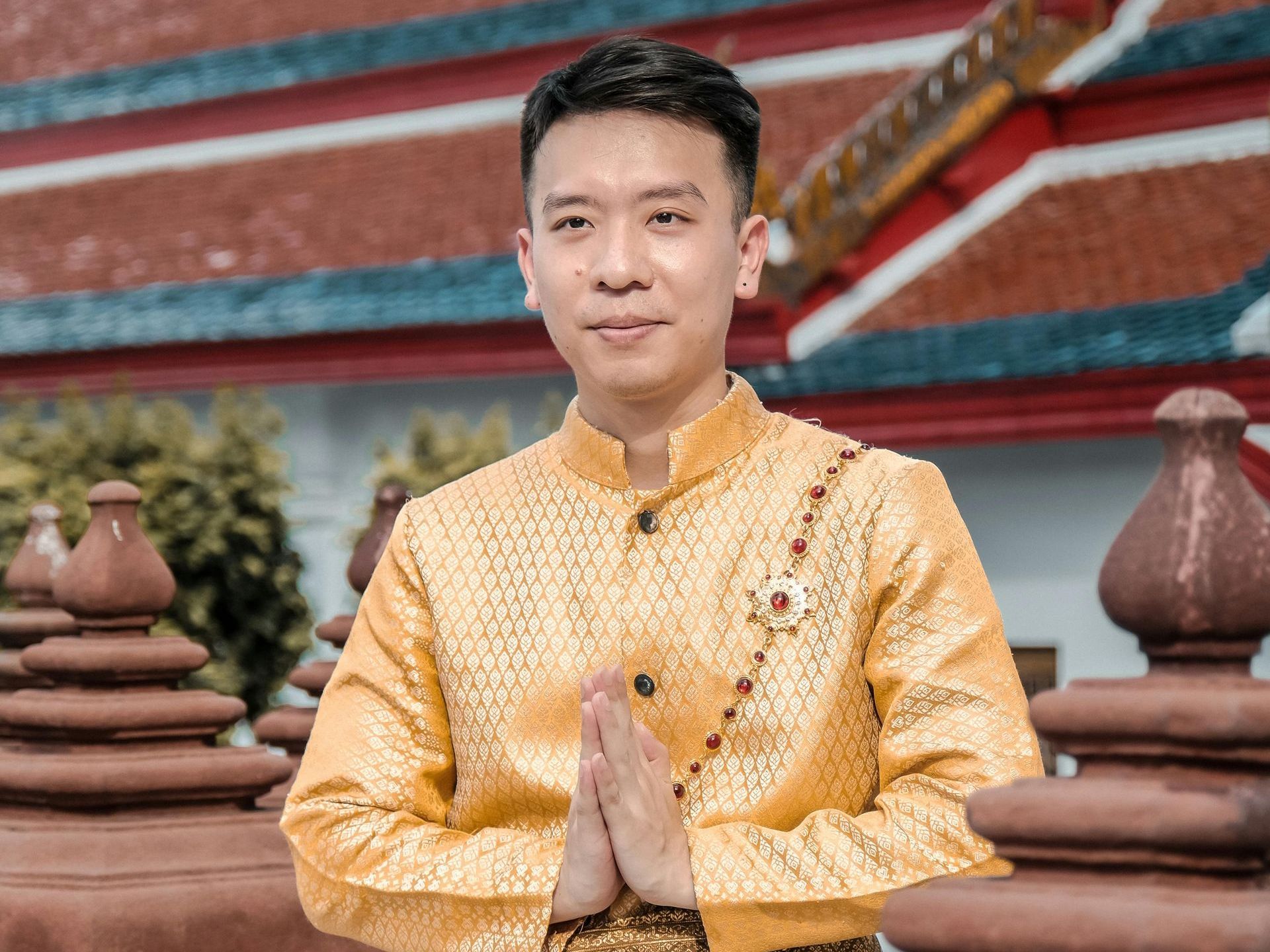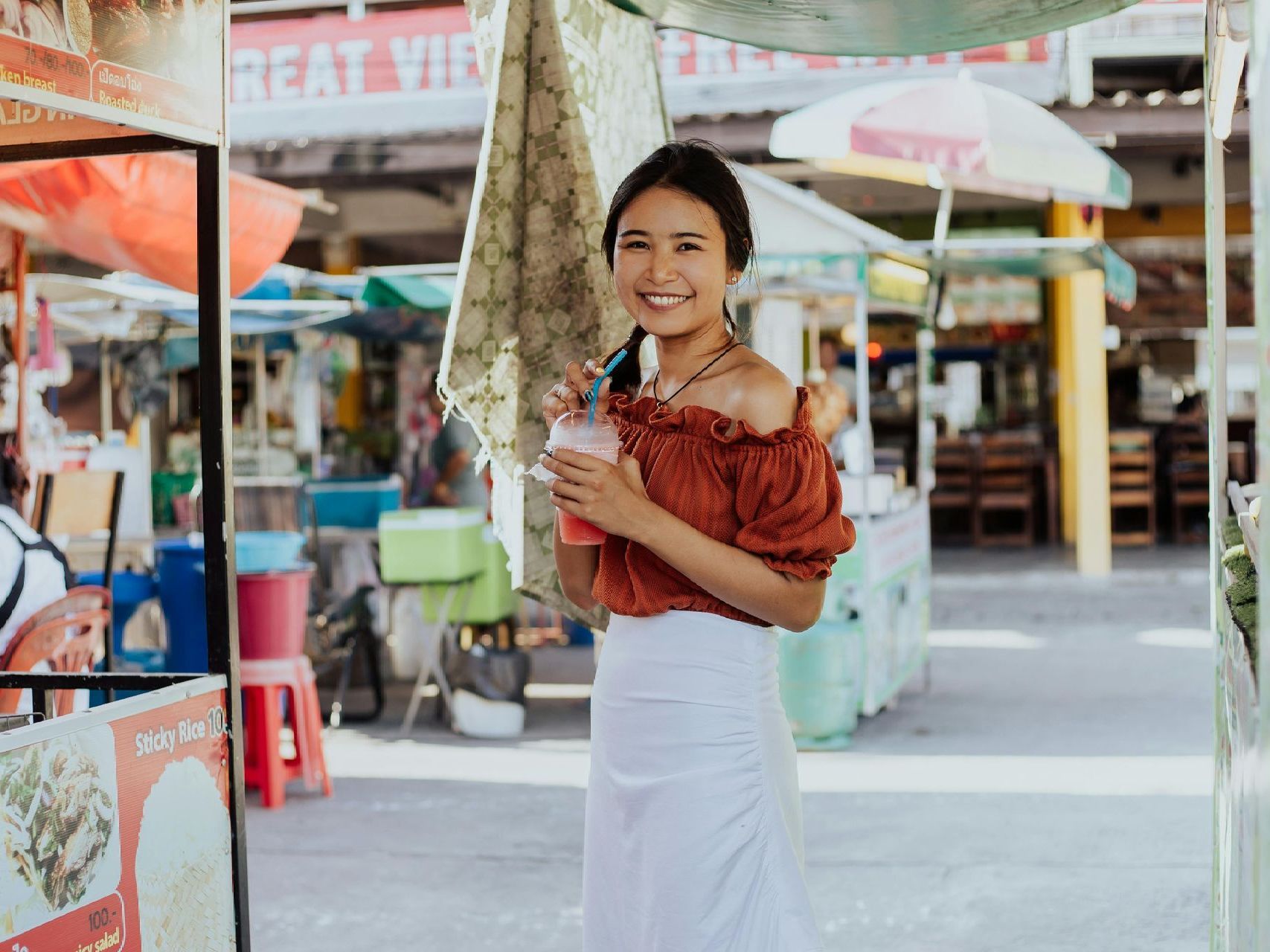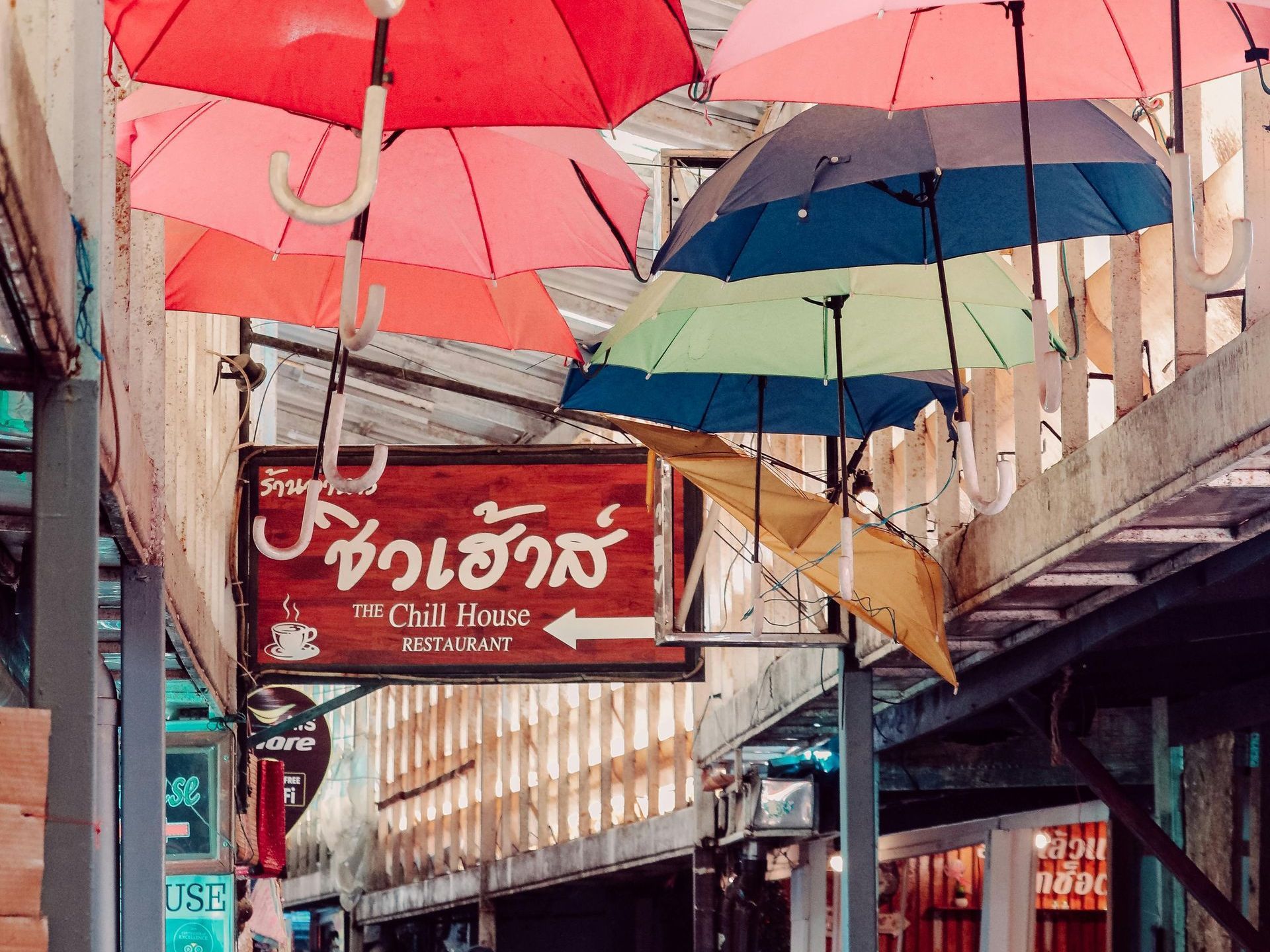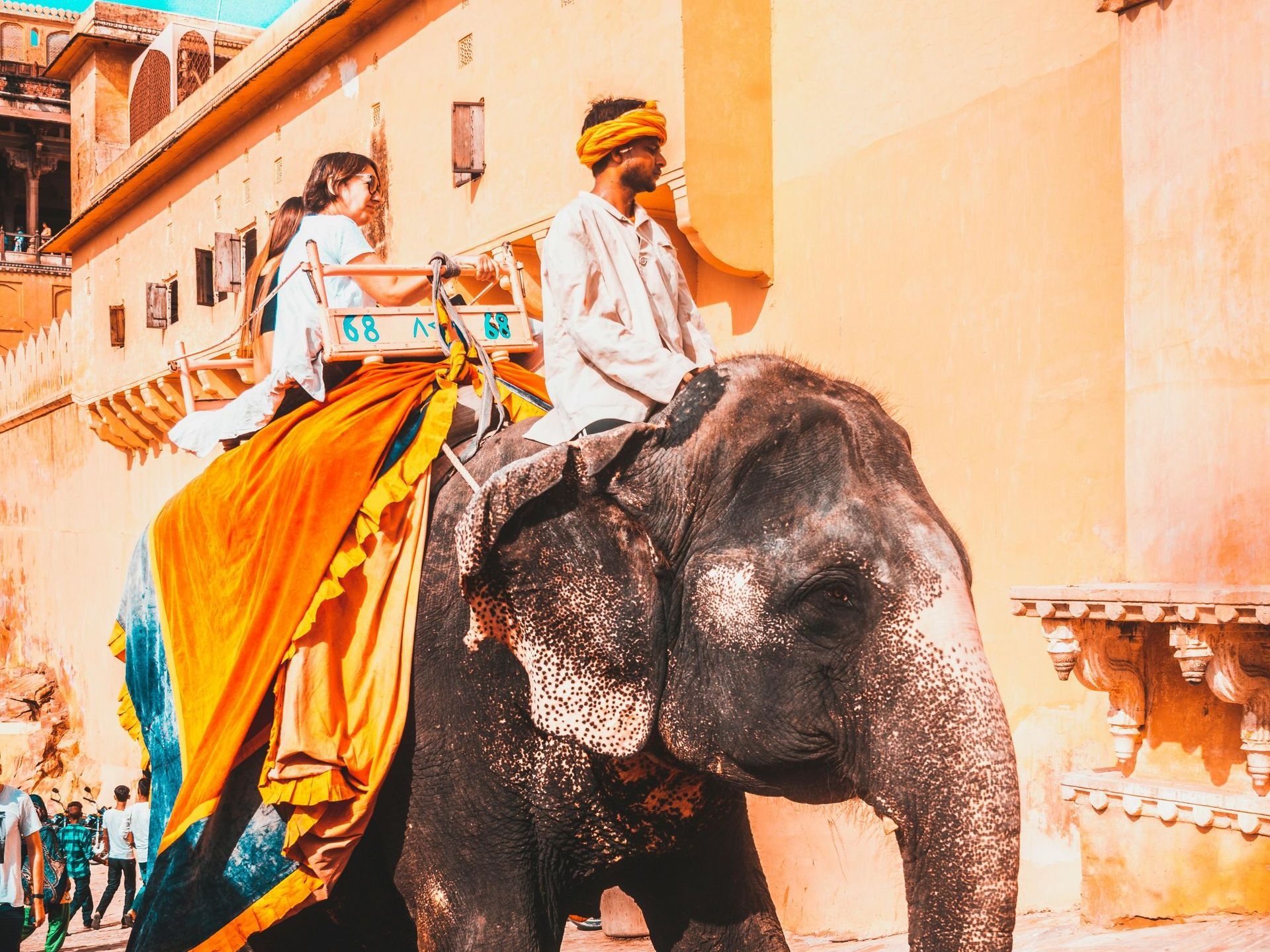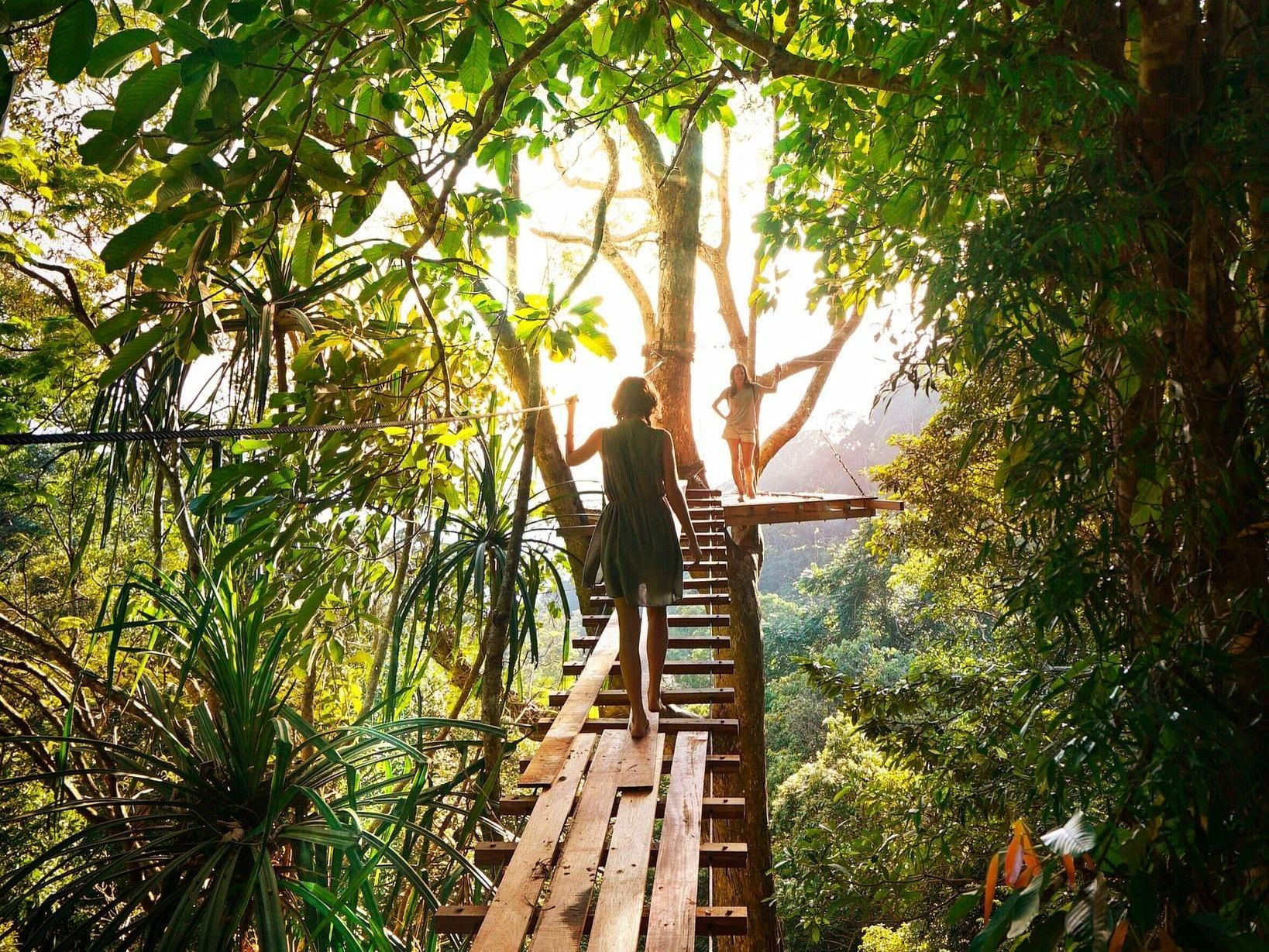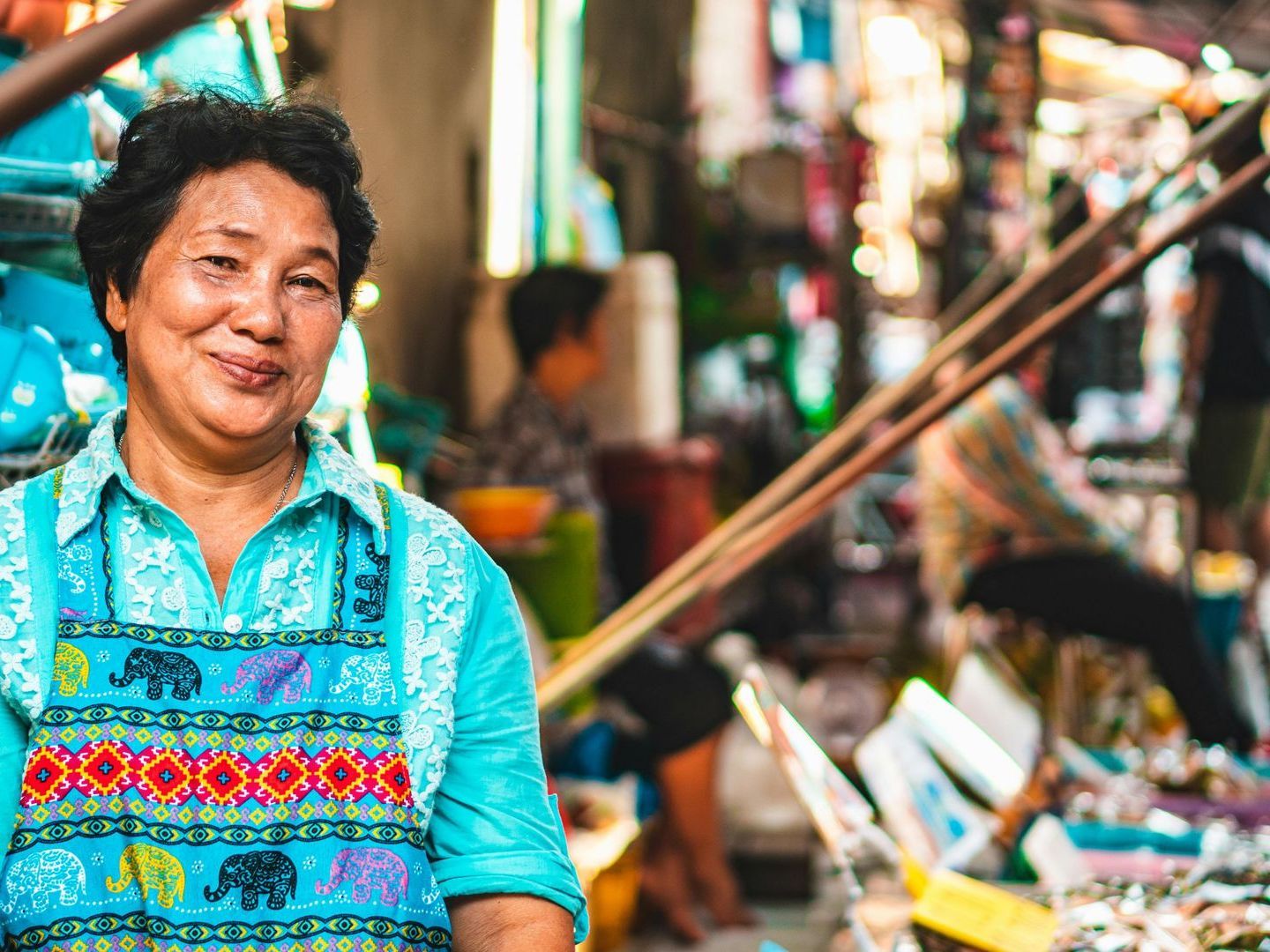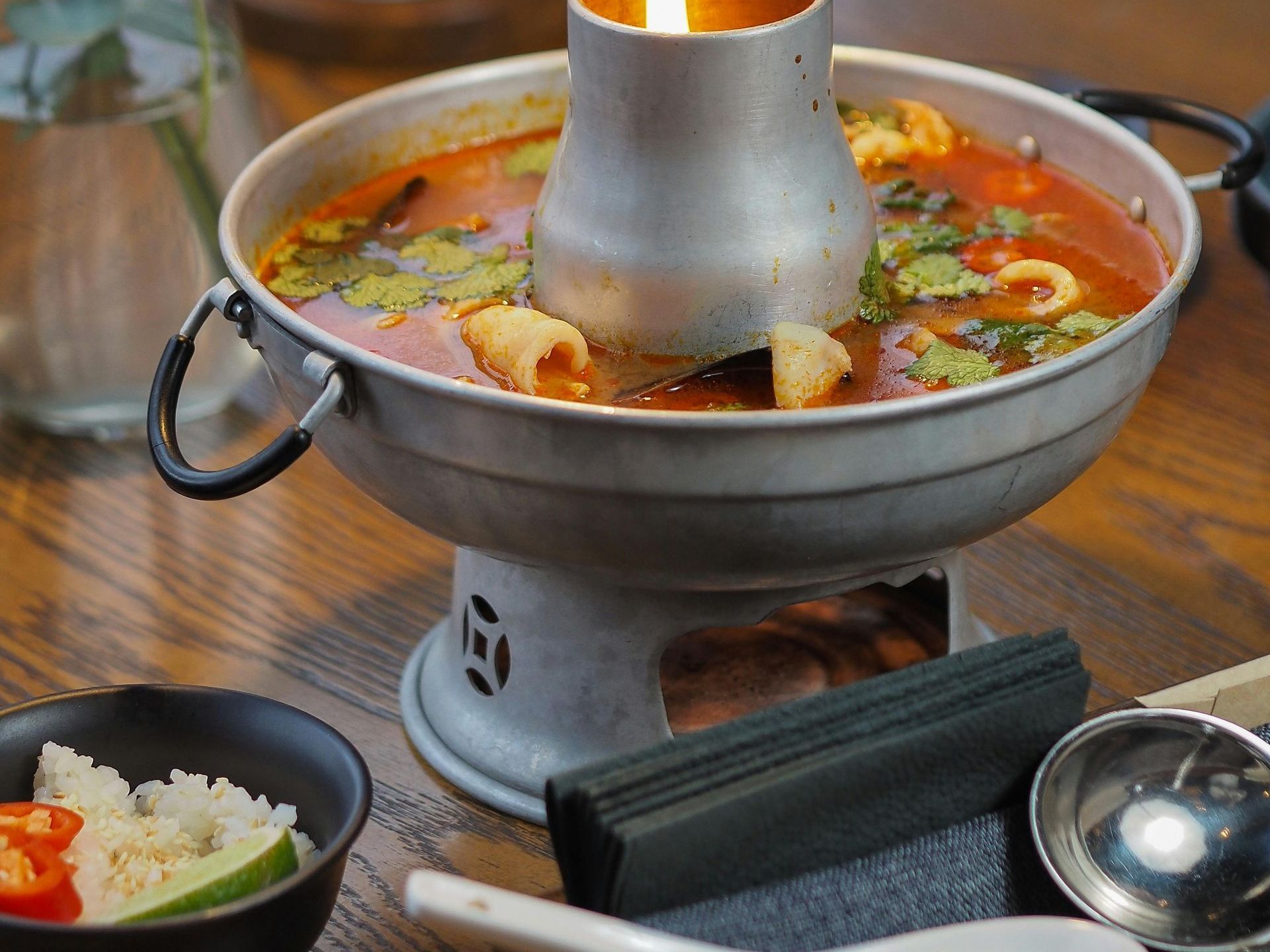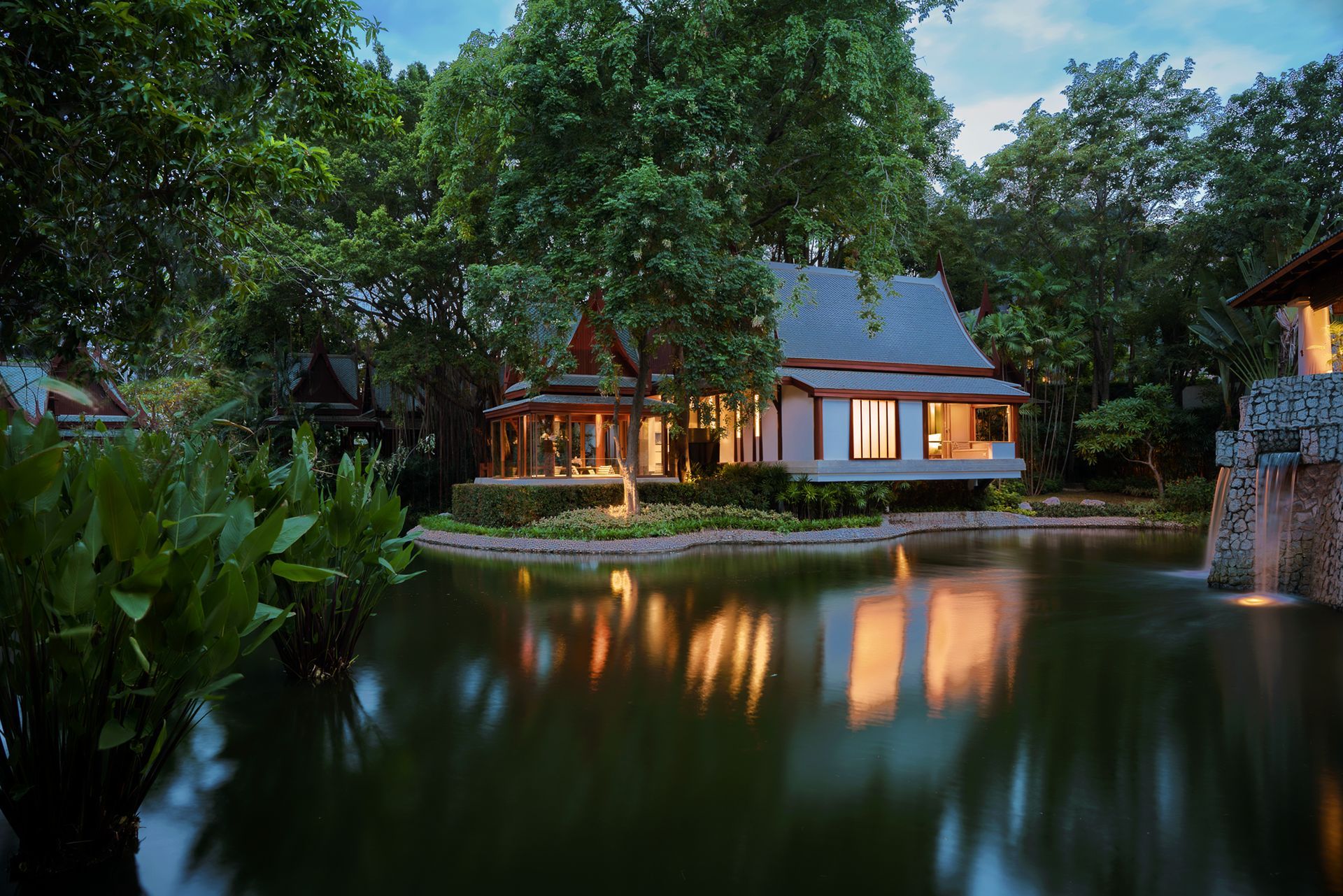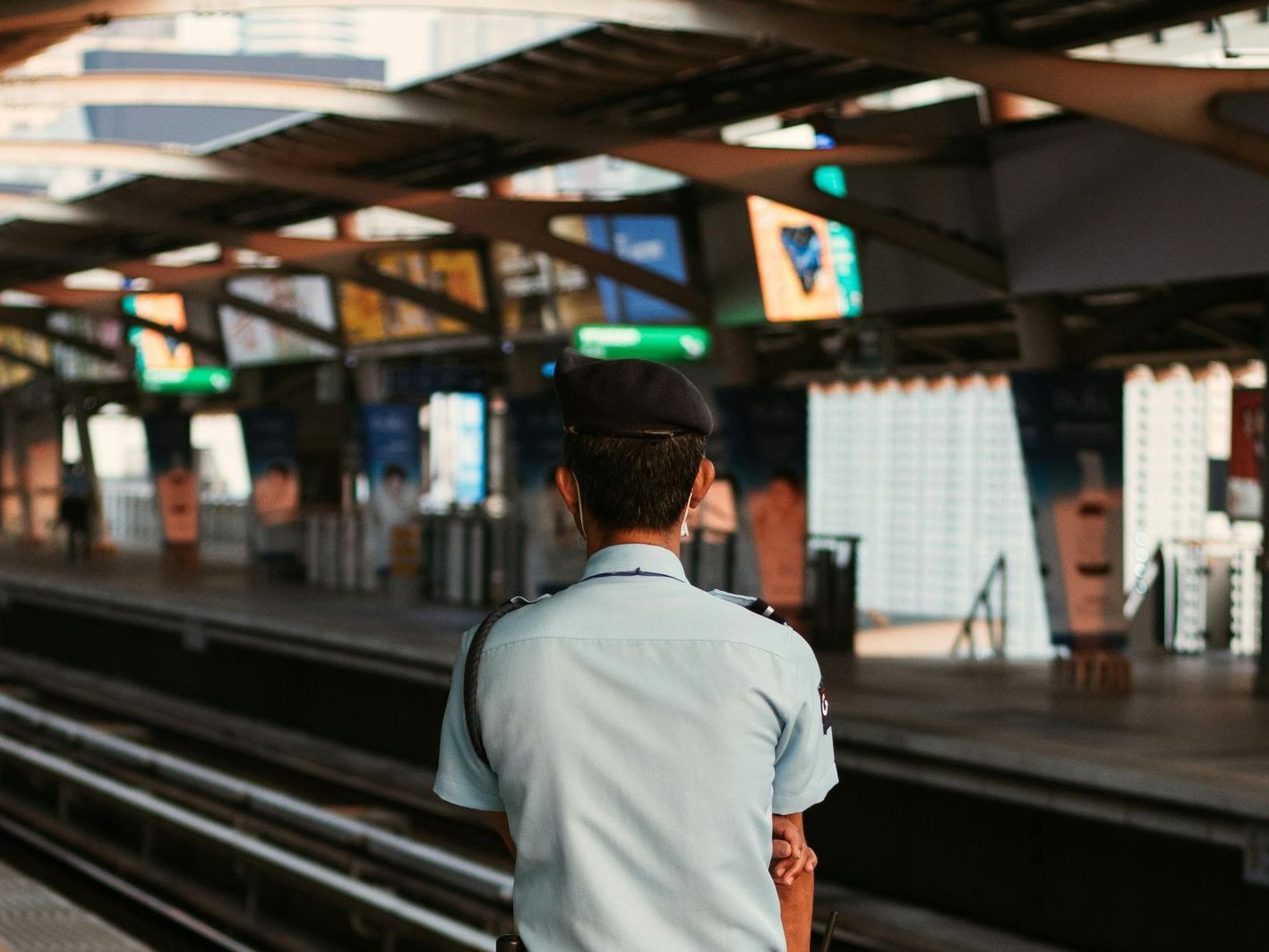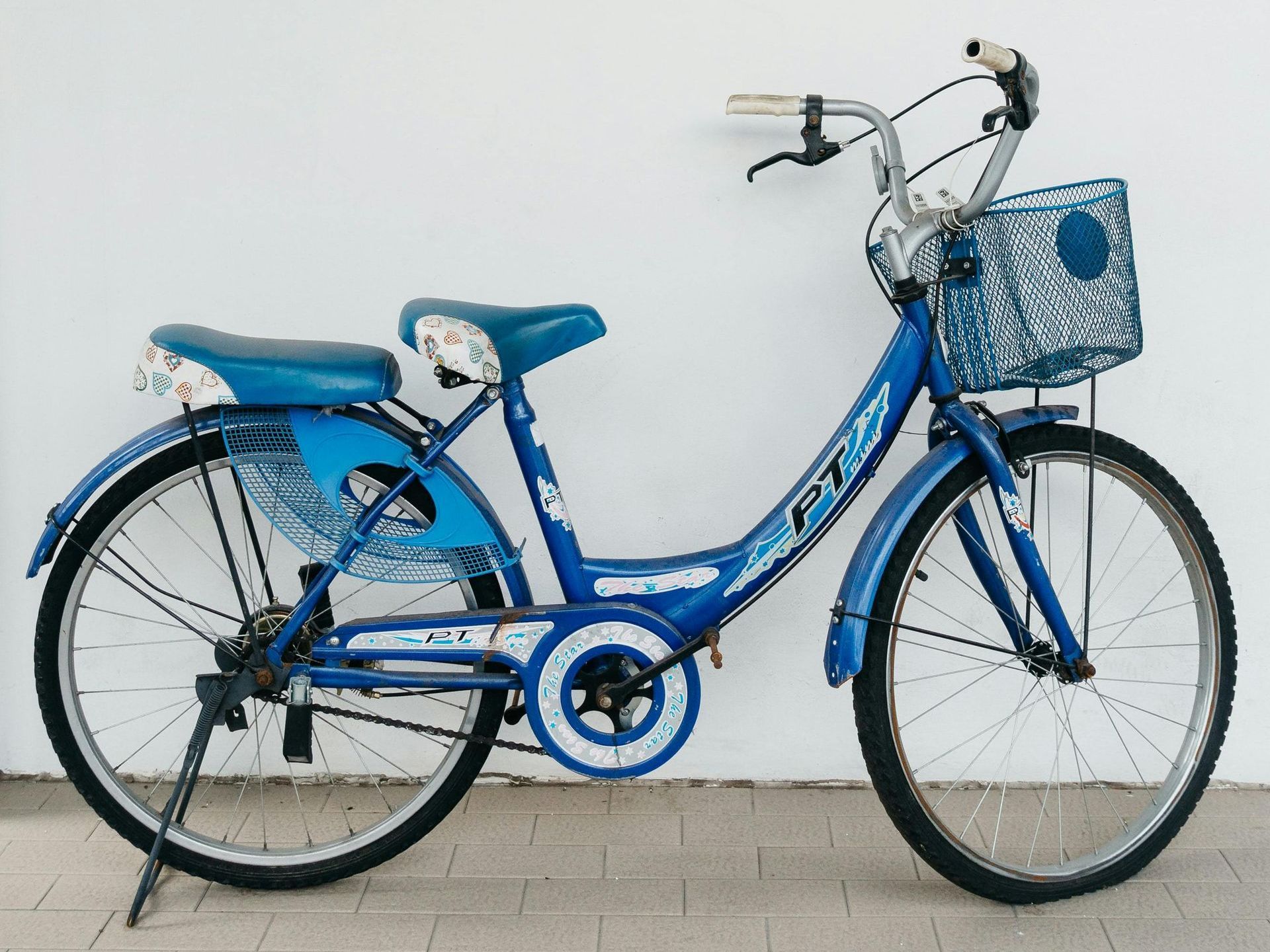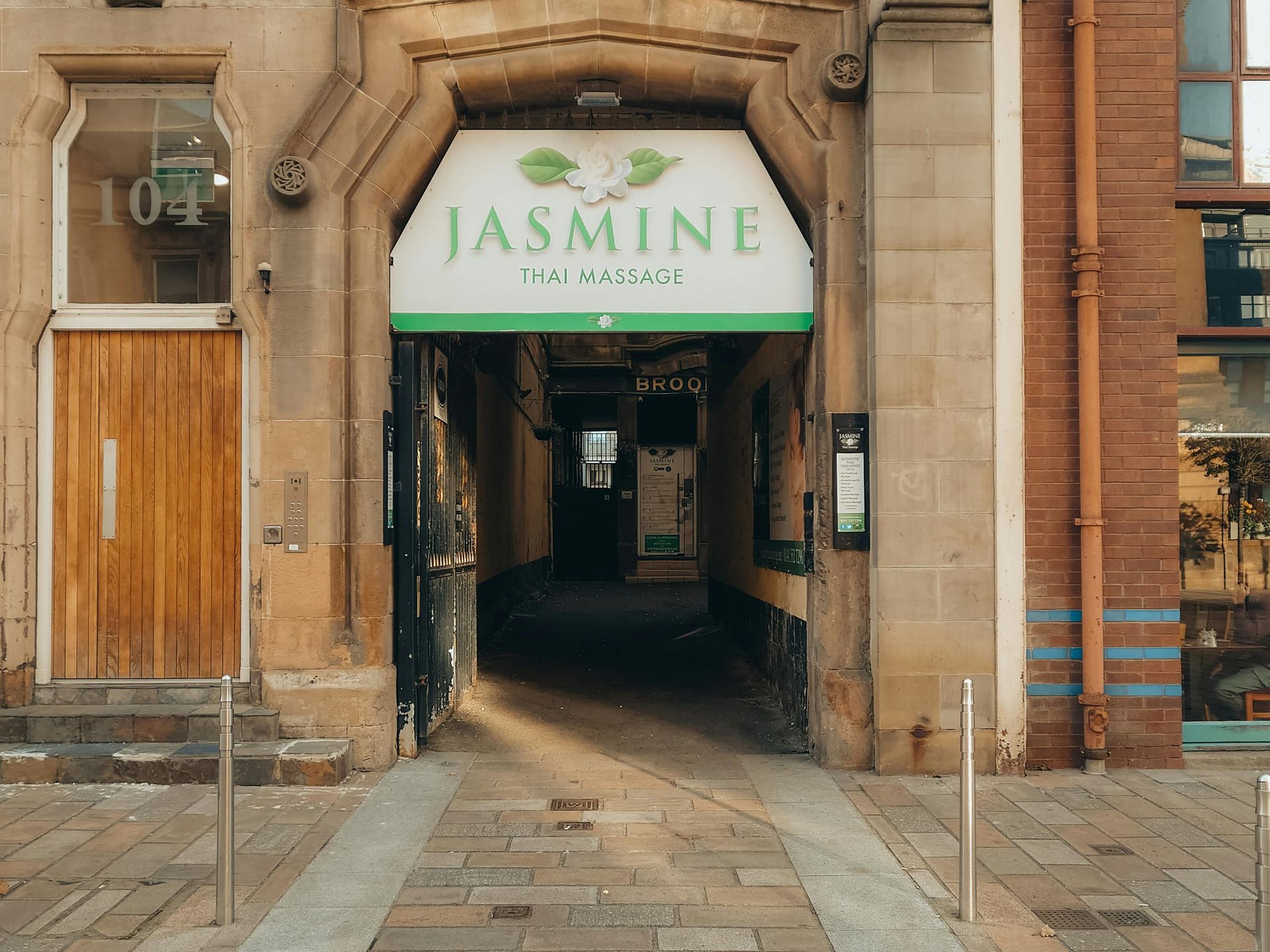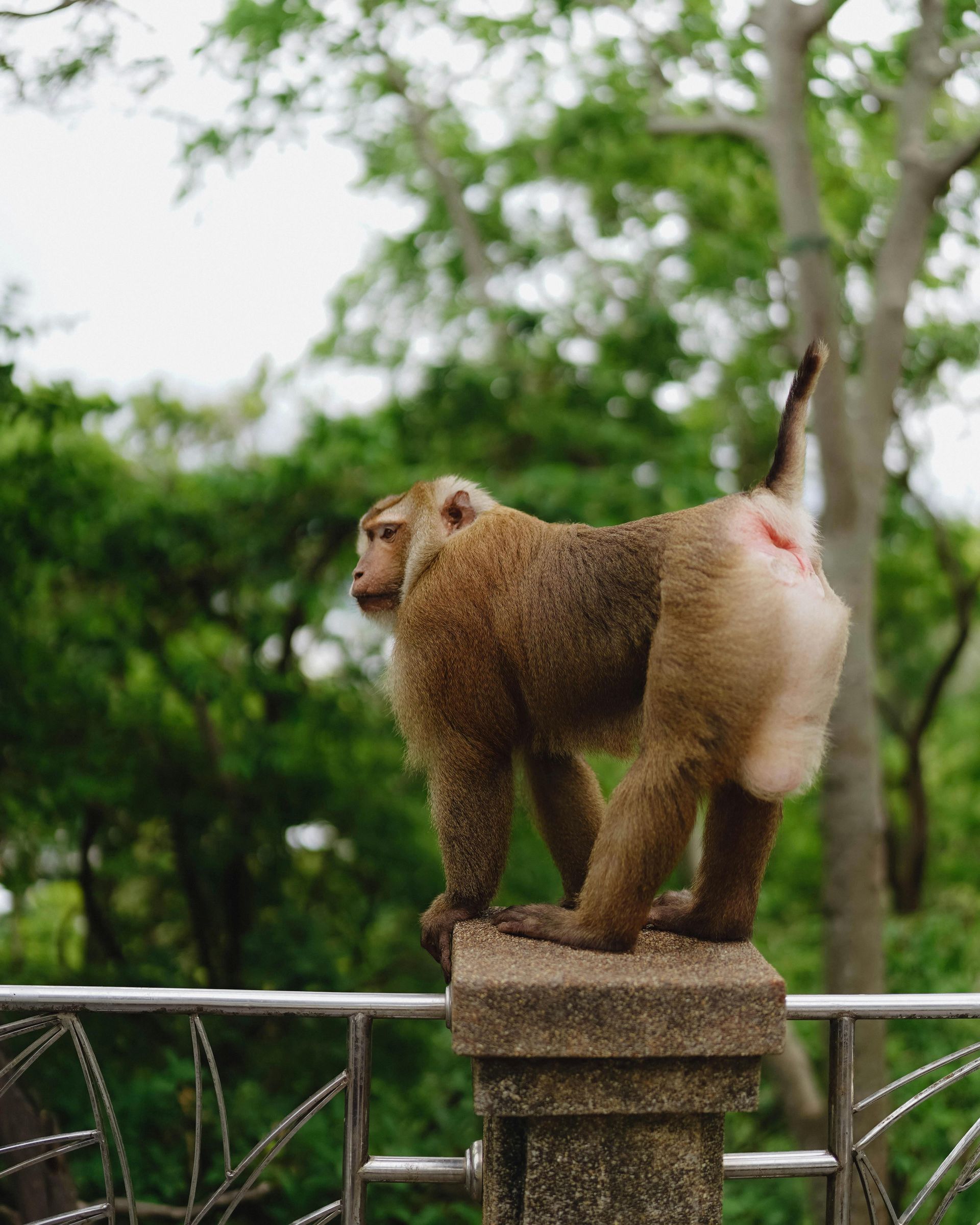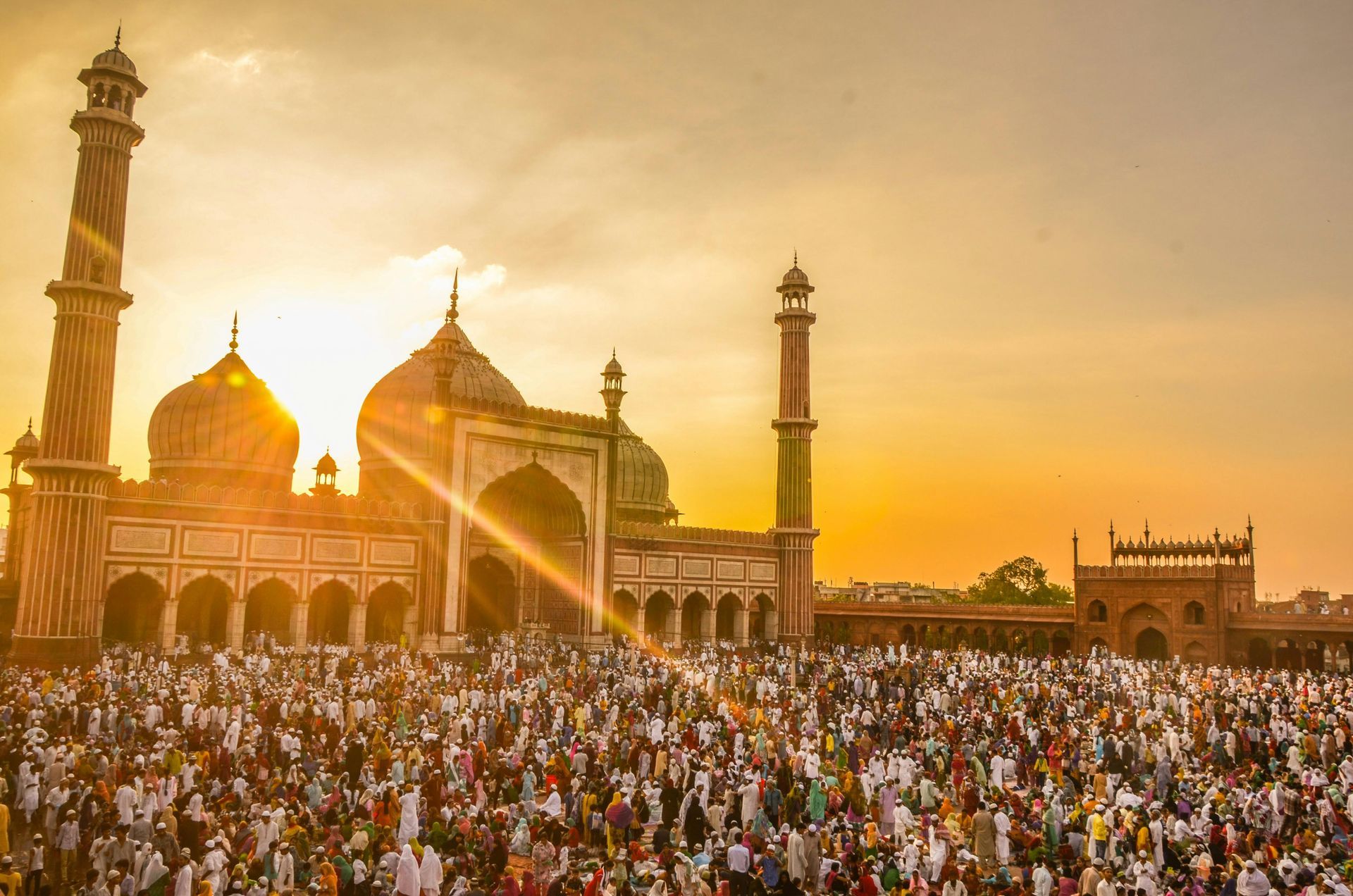DESTINATION
THAILAND
INTRODUCING Thailand
Thailand, known as the "Land of Smiles," is a premier Southeast Asian destination, celebrated for its rich cultural heritage, breath-taking landscapes, and bustling urban centres.
Thailand features diverse geography, from the vibrant cityscape of Bangkok to serene islands and lush mountainous regions. This cultural tapestry is influenced by Buddhist traditions, historical kingdoms, and ethnic diversity, making Thailand a top destination for travellers.
Geographically, Thailand offers a variety of landscapes including northern mountains, central plains, and tropical coastlines and islands in the south. The climate is tropical and monsoonal, with three distinct seasons: the hot season from March to May, the rainy season from June to October, and the cool season from November to February. This diverse climate supports rich biodiversity and makes Thailand a year-round destination for tourists.
Featured Thailand Hotels
Where luxury meets purpose
Thailand Quick Guide
Thai
Thai Baht (THB)
Code +66
UTC/GMT
+7 Hours
Type A/B/C/F
(220 Volt, 50Hz)
12–14 Hours
Thailand’s Unique Experiences
Thailand, a land of vibrant culture and breathtaking landscapes, offers a unique blend of pristine nature and rich heritage. A'ARU Collective champions sustainable luxury travel ensuring that premium experiences harmoniously coexist with environmental stewardship—preserving the beauty of Thailand for generations to come.
To book experiences, please contact us
Ultimate Packing Guide for Thailand
Thailand entices every type of traveller, from the luxury of Bangkok’s high-rise hotels to the lush white sandy beaches. Whether you’re navigating the bustling streets of Chiang Mai or relaxing one of the serene shores, packing light is essential for exploring this diverse country, which stretches over 1,000 miles from north to south and includes hundreds of islands. Here's everything you'll need for your trip to Thailand, from Bangkok to the beach and beyond.
General Packing Tips for Thailand
General Packing Tips for Thailand

Climate Considerations: Thailand has a tropical climate, so pack lightweight, breathable, and quick-drying clothing to stay comfortable in the heat and humidity. Consider the rainy season from July to October, where a waterproof jacket and umbrella are crucial.
Respect Local Customs: When visiting religious sites, wear conservative clothing that covers your shoulders, upper body, and knees. Avoid sheer or tight-fitting attire, and always remove your shoes before entering temples or private homes.
Versatility is Key: Prioritise neutral, mix-and-match pieces to maximise your travel wardrobe. Performance fabrics that are moisture-wicking and odour-resistant will be incredibly useful.
Best Clothing to pack for Thailand
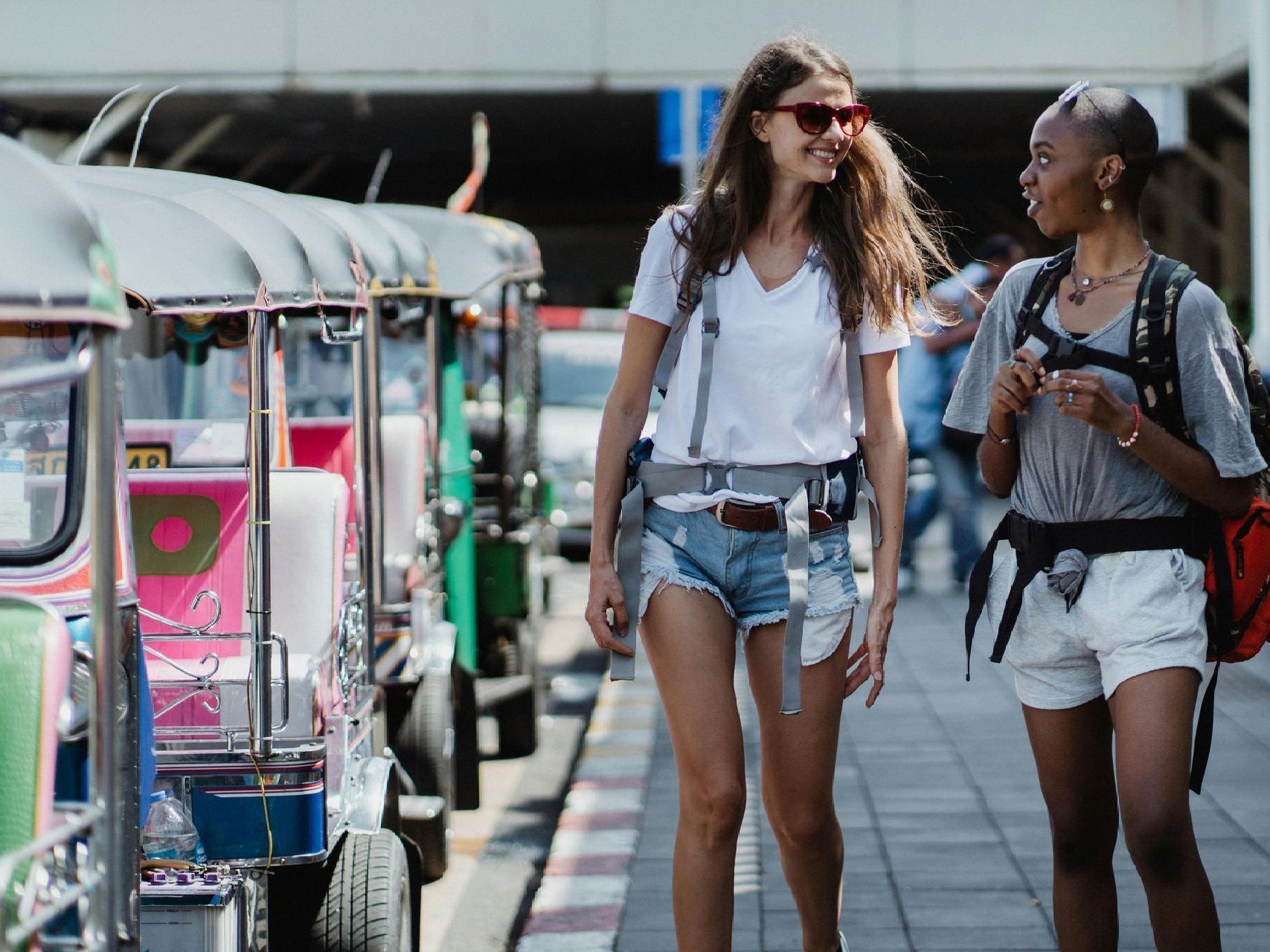
Lightweight Clothing: Opt for breathable, durable fabrics like organic cotton, hemp, and linen. These materials keep you cool and are comfortable for all-day wear.
Tops and Bottoms: Pack a mix of short-sleeve and long-sleeve tops, lightweight trousers, and shorts. These should be versatile and easily layered.
Dresses and Skirts: Lightweight and breathable dresses and skirts are great for casual wear and can be easily dressed up or down. Ensure they are knee-length or longer for temple visits.
Swimwear: Choose swimwear that dries quickly and resists fading from chlorine or salt water.
Waterproof Jacket: A lightweight, packable rain jacket is essential during the rainy season.
Layers: Despite the generally warm climate, a lightweight cardigan or jumper can be useful for cooler evenings or air-conditioned environments.
Best Footwear for Thailand

Sandals: Opt for versatile and durable sandals that are perfect for most occasions in Thailand.
Comfortable Walking Shoes: Choose comfortable walking shoes suitable for exploring cities and walking on uneven paths.
Trekking Footwear: If you plan on trekking in northern Thailand, sturdy hiking shoes or boots are essential.
Sun Protection whilst in Thailand

Hats: A wide-brimmed hat is crucial for protecting your face from the intense Thai sun.
Sunglasses: Choose sunglasses with 100% UV protection and a durable design.
Cover-ups: A convertible wrap or cover-up is incredibly versatile. It provides sun protection, a modesty layer for temple visits, and warmth during cool evenings or flights.
Essential Packing Items for Thailand

Adapters: A universal adapter is crucial for keeping your devices charged. While available in Bangkok, it’s best to bring one, especially if you’re travelling to more remote areas. Look for energy-efficient models.
Umbrella: A compact, sturdy umbrella is useful for both sun and rain protection.
Reef-Safe Suncream: High SPF, reef-safe sunscreen is essential due to Thailand’s high UV index. Purchase this before you go, as local options may be limited and expensive. Look for eco-friendly, biodegradable formulas.
Insect Repellent: Essential year-round, choose a formula that is effective against heat and sweat. Natural options with ingredients like citronella or eucalyptus oil are preferable.
First-Aid Kit: Bring any specific medications you require, as they may be difficult to find locally. A basic first-aid kit should include motion-sickness medicine, bug spray, and any other personal health items.
Sustainable Travel Tips for Thailand
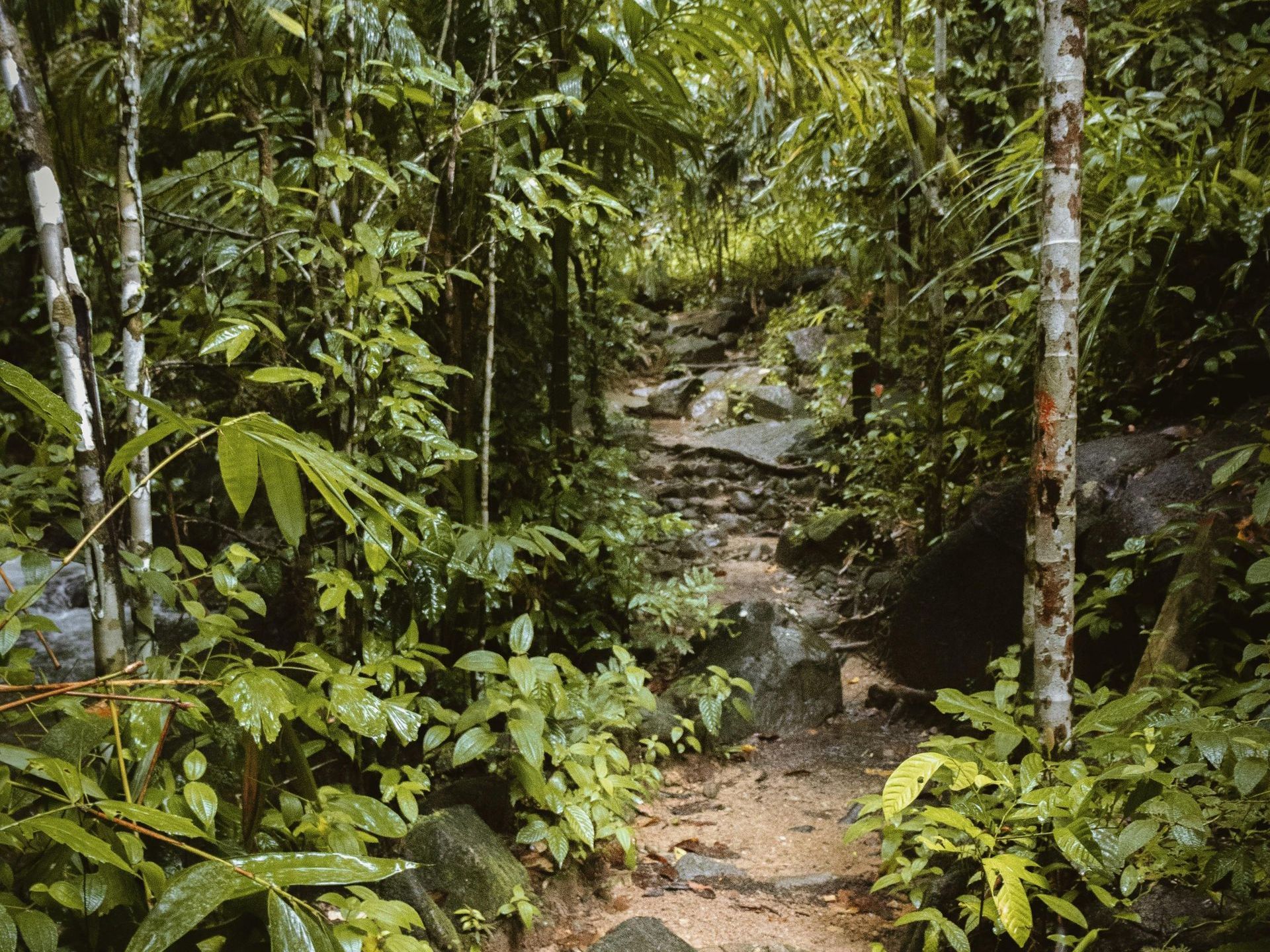
Reusable Water Bottle: Thailand's heat makes staying hydrated essential. Bring a reusable water bottle to reduce plastic waste.
Reusable Shopping Bags: These are handy for carrying your purchases and reducing plastic bag use.
Eco-Friendly Travel Accessories: From bamboo toothbrushes to reusable straws, consider packing items that minimise your environmental impact.
Thailand’s Culture
Thailand’s vibrant culture is a tapestry woven from ancient traditions, colourful festivals, intricate arts and crafts, and cherished customs. Festivals like Songkran and Loi Krathong bring communities together in joyous celebrations, while traditional customs such as the wai gesture and respect for hierarchy underscore daily interactions. Thai arts and crafts, from delicate silk weaving to intricate woodcarvings and ornate lacquerware, reflect centuries of craftsmanship and spiritual reverence. Together, these elements form a rich cultural landscape that invites visitors to explore and appreciate Thailand’s unique heritage.
Thailand’s Festivals
Thailand's vibrant cultural tapestry is intricately woven with a deep reverence for festivals, which play a central role in the country's social fabric. Festivals in Thailand are not merely events but expressions of tradition, spirituality, and community bonding. From the exuberant water battles of Songkran heralding the Thai New Year to the serene candlelit floats of Loi Krathong honouring the water goddess, each festival is a vivid celebration steeped in history and belief. These festivities not only showcase Thailand's rich cultural heritage but also highlight the warmth and hospitality of its people, inviting travellers to immerse themselves in an unforgettable tapestry of sights, sounds, and spiritual rituals.
Here are five Thai festivals to experience:
Songkran
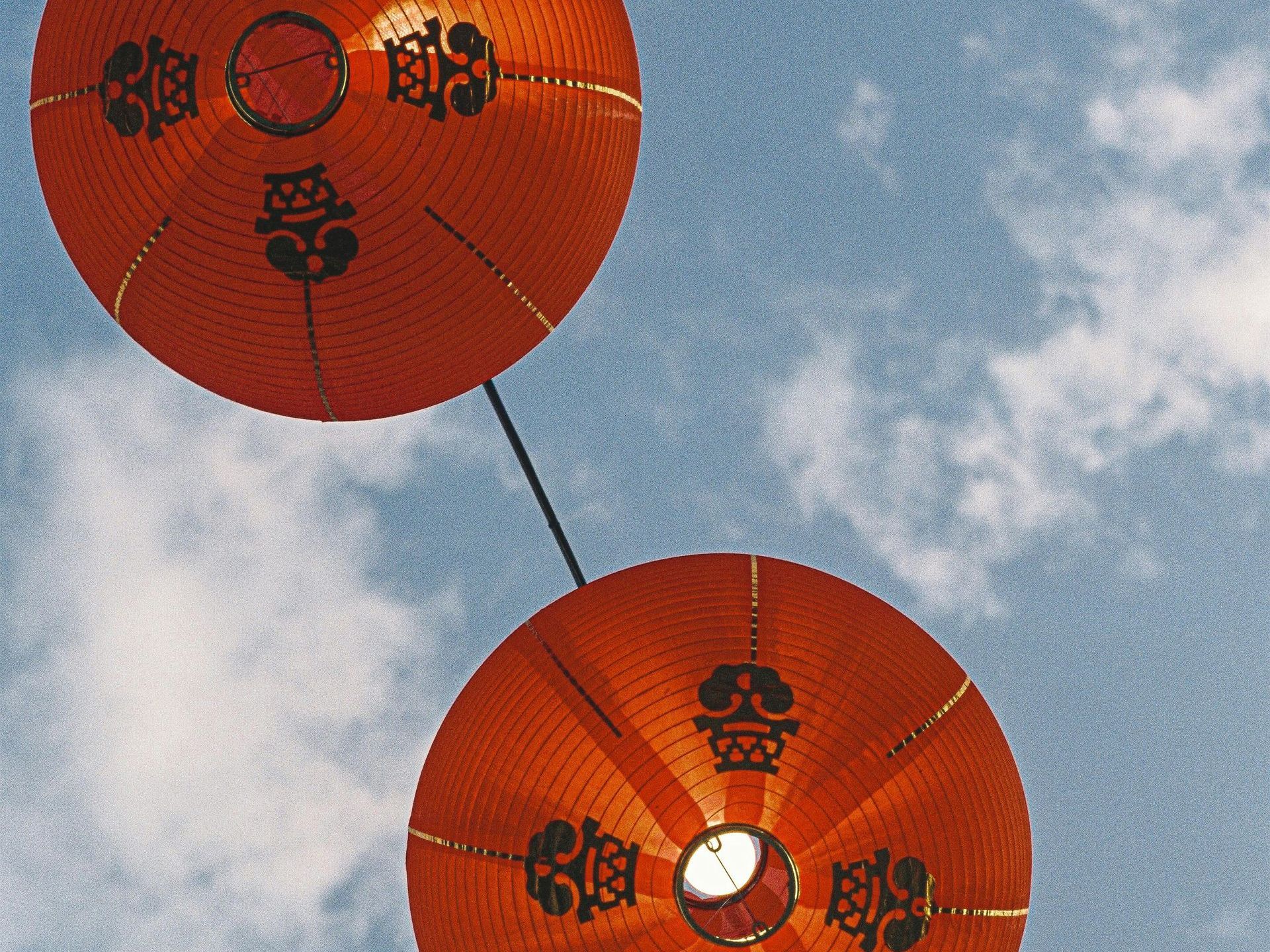
When: April
Where: Celebrated nationwide; major events in Bangkok and Chiang Mai
Description: Lasting three days, Songkran marks Thai New Year with spirited water fights that draw people from all over.
Loi Krathong
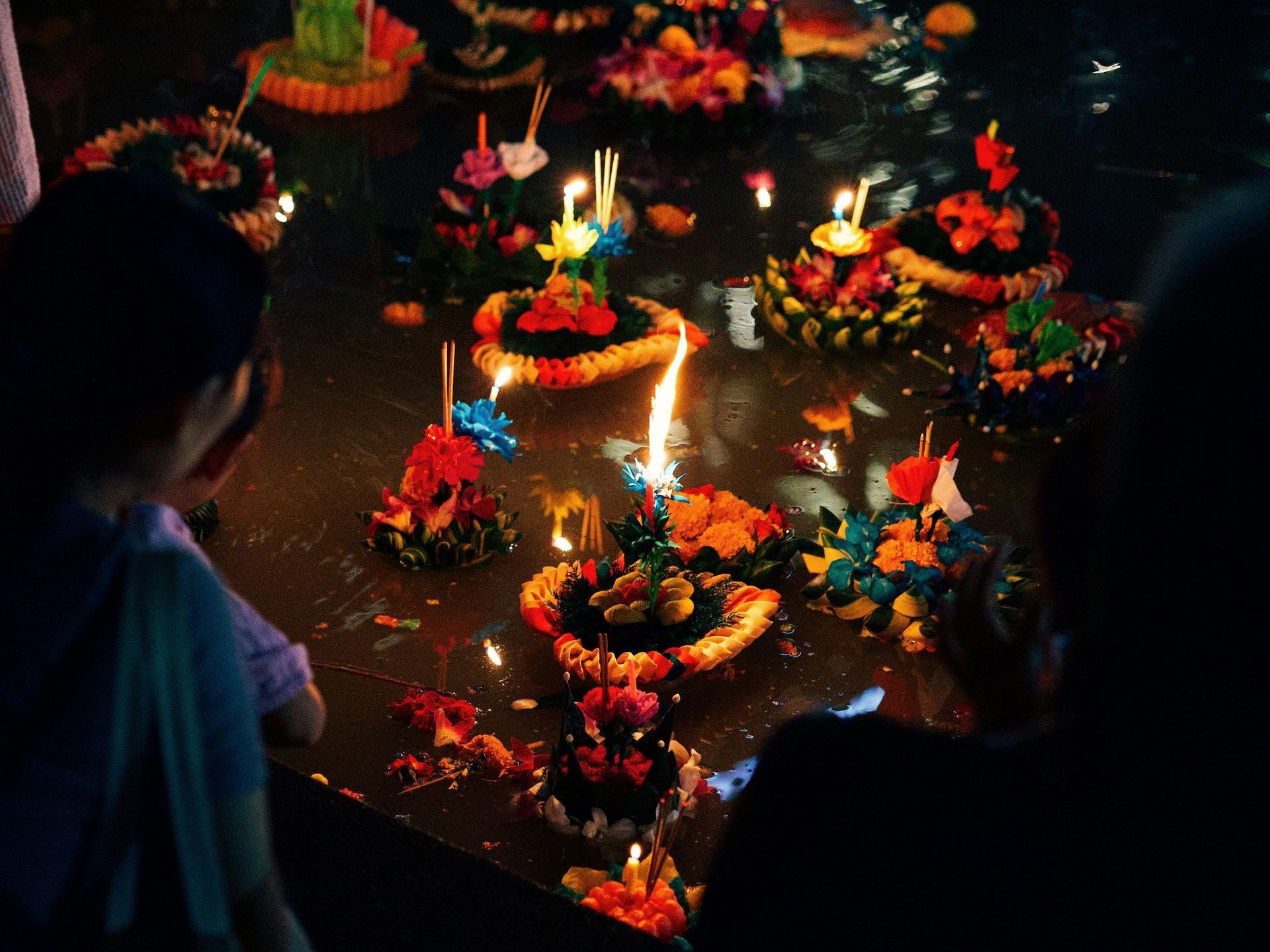
When: Full moon night in November
Where: Celebrated throughout Thailand
Description: Millions of candle lanterns are released into the sky to honour Phra Mae Khon, the water goddess, creating a mesmerising spectacle.
Phi Ta Khon (Ghost Festival)
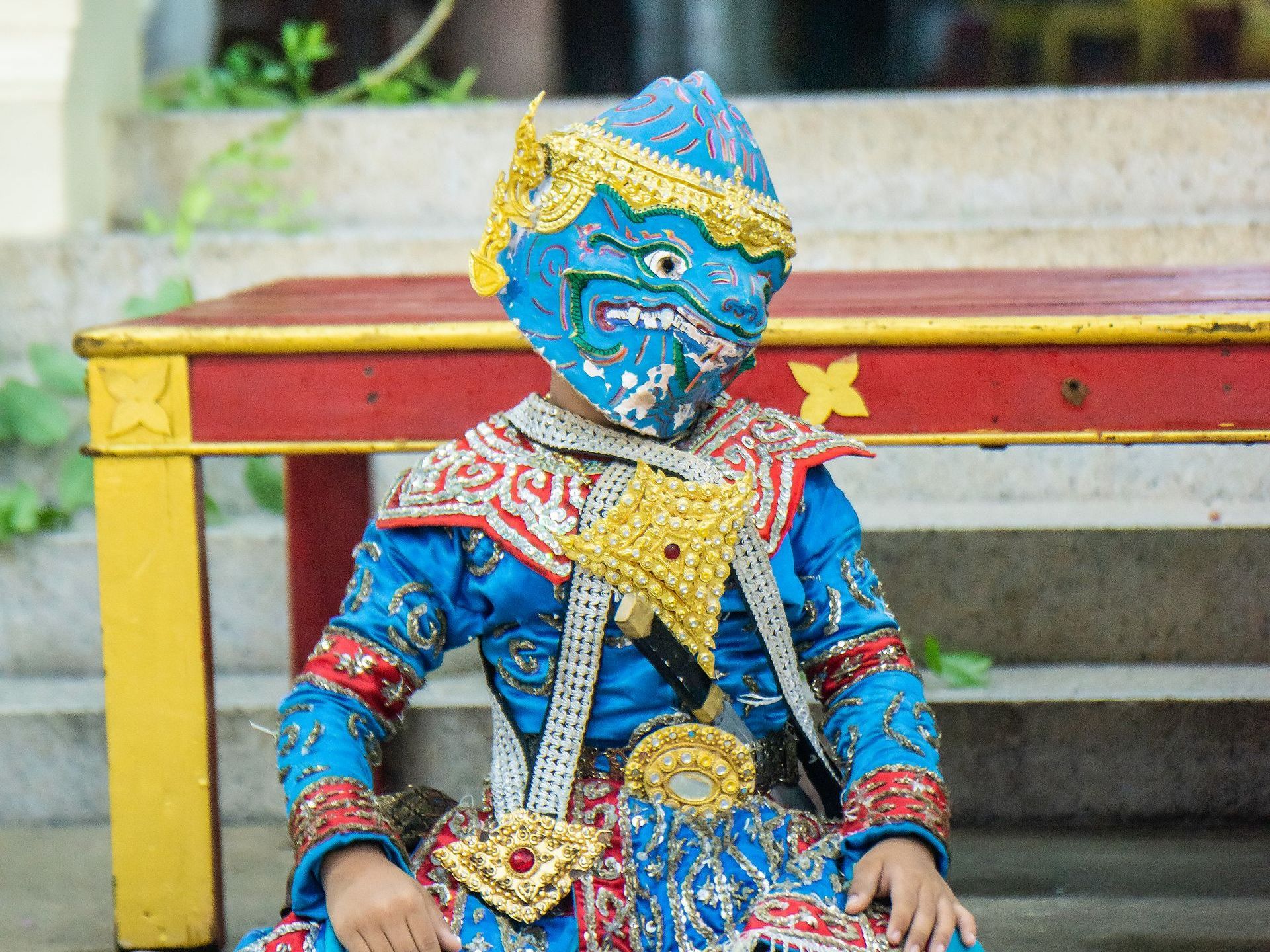
When: June
Where: Dan Sai, Loei (500 kilometers north of Bangkok)
Description: Among Thailand's liveliest festivals, participants don ghostly attire and vibrant coconut masks for energetic celebrations.
Tesagan Gin Je (Vegetarian Festival)
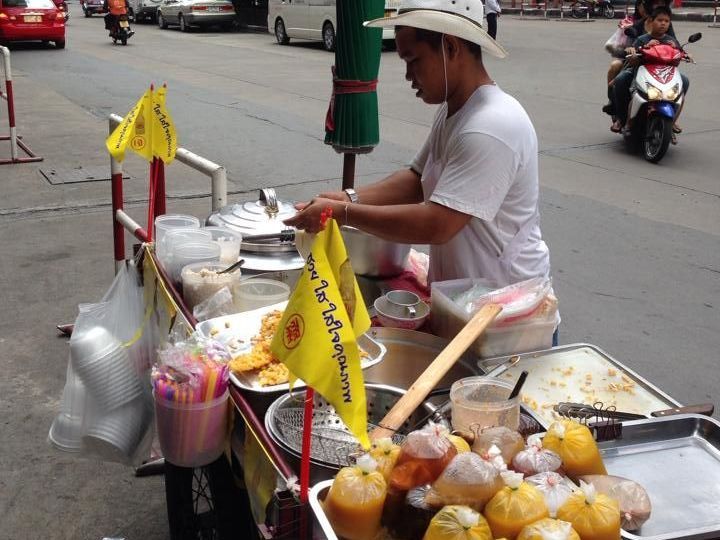
When: October
Where: Phuket
Description: A deeply religious event featuring ceremonies and rituals, including acts of self-mortification like piercing with knives and blades.
Bun Bang Fai Rocket Festival
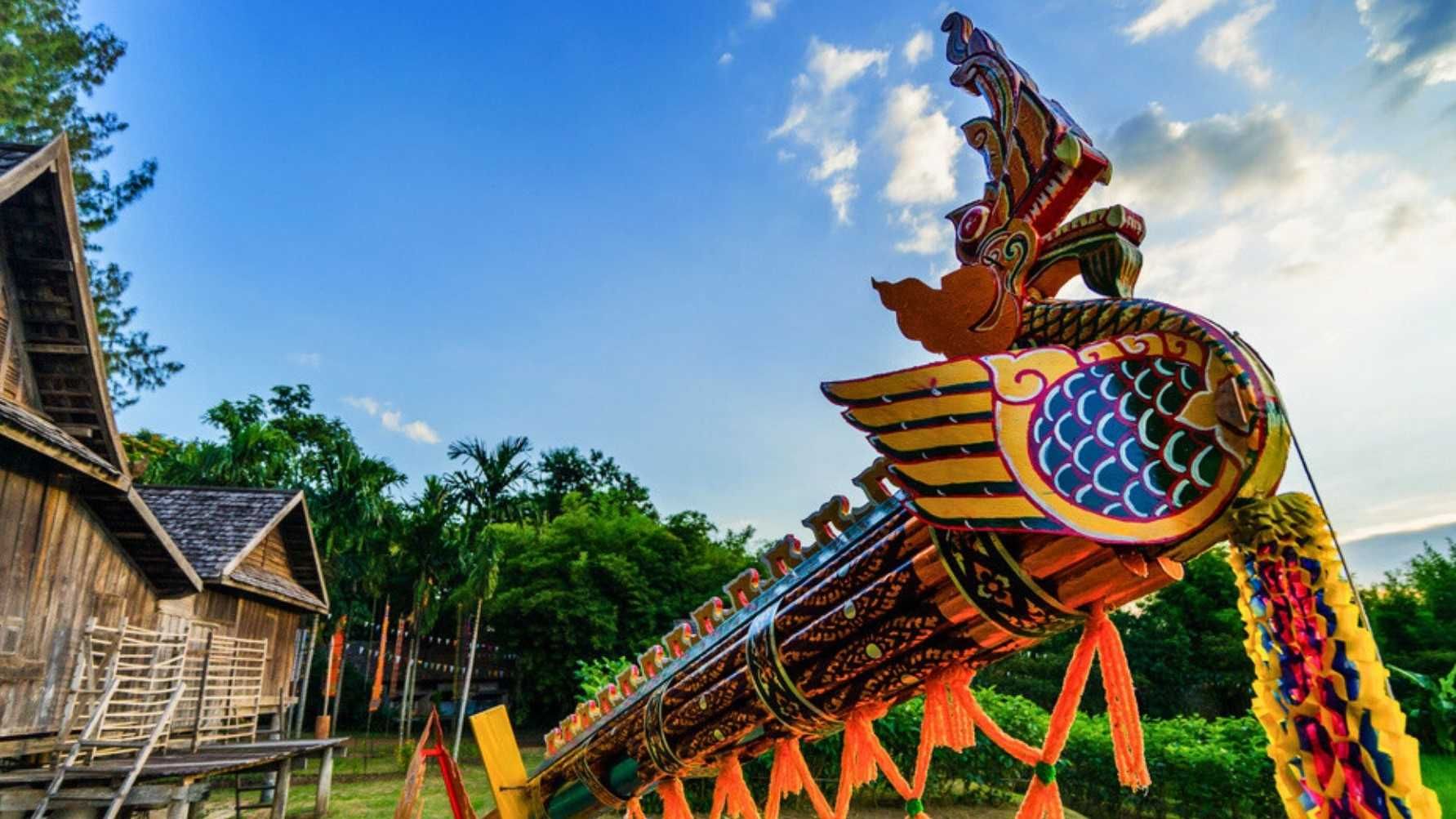
When: May
Where: Yasothon, Isaan
Description: Celebrating the arrival of the rainy season, locals launch bamboo rockets into the sky, seeking to encourage plentiful rainfall from the rain god.
More about Thailand's Culture
Thailand’s Arts and Crafts
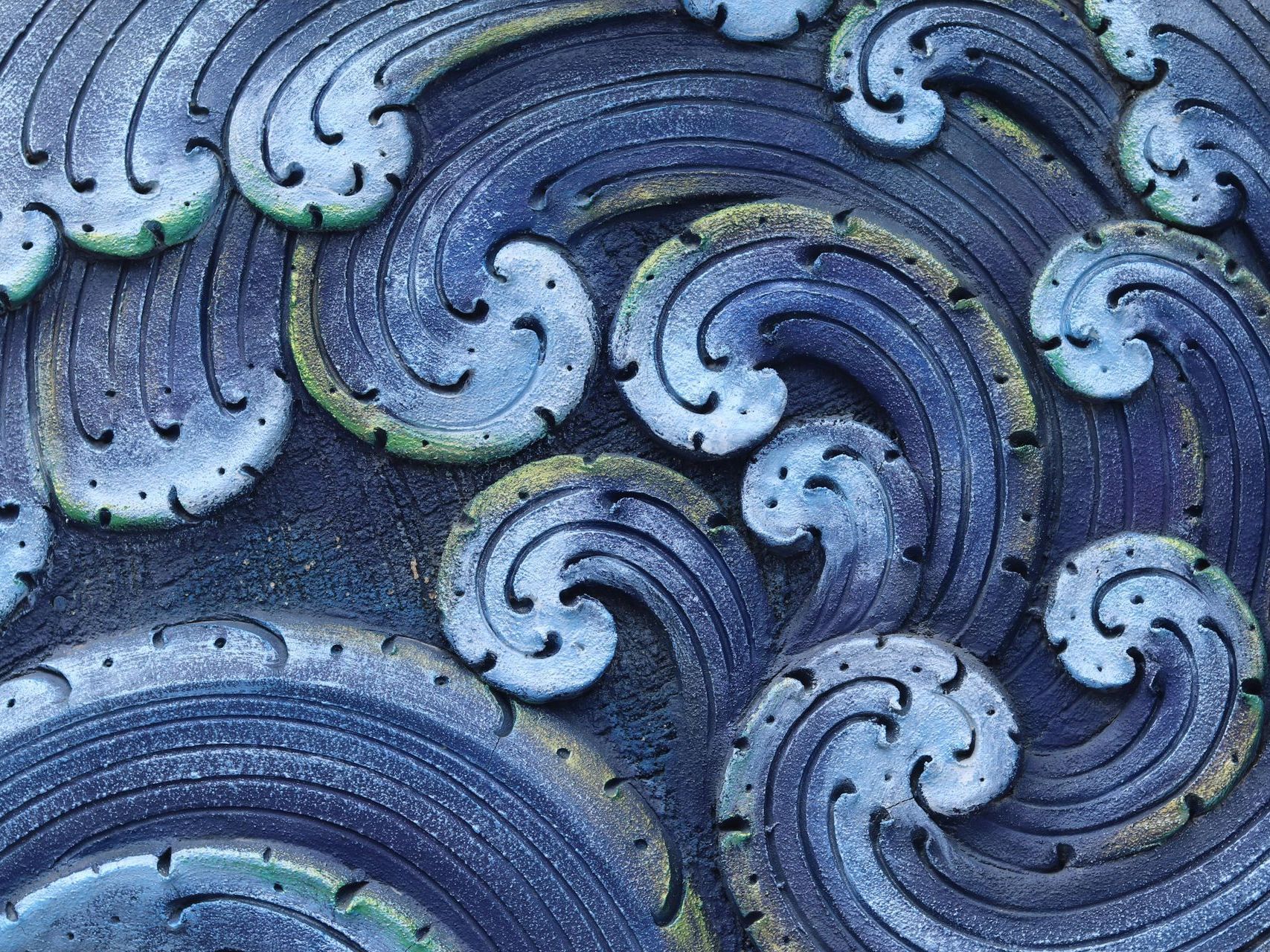
Discover the rich tapestry of traditional arts and crafts in Thailand, an integral part of the country’s cultural heritage dating back centuries. Known for their intricate designs, vibrant colors, and meticulous craftsmanship, Thai crafts encompass a wide array of disciplines.
Among the most revered is woodcarving, where skilled artisans carve intricate sculptures and furniture adorned with religious motifs and scenes of everyday life.
Silk weaving, another cherished tradition, produces stunning fabrics used in traditional attire like sarongs and modern garments, showcasing elaborate patterns and designs.
Pottery in Thailand is celebrated for its diverse forms, from functional vessels like bowls and vases to decorative pieces intricately adorned with unique patterns. Meanwhile, lacquerware artisans blend resin and colorants to create exquisite items such as jewelry boxes and trays, renowned for their durability and ornate detailing.
These traditional arts not only reflect Thailand’s cultural depth but also serve as enduring symbols of craftsmanship and creativity. Whether as cherished gifts or as décor for homes, each piece offers a glimpse into Thailand’s rich artistic legacy, inviting you to explore and appreciate its vibrant cultural expressions. Discover the allure of Thai crafts and delve into a world where tradition meets timeless beauty.
Traditions and Customs for Thailand
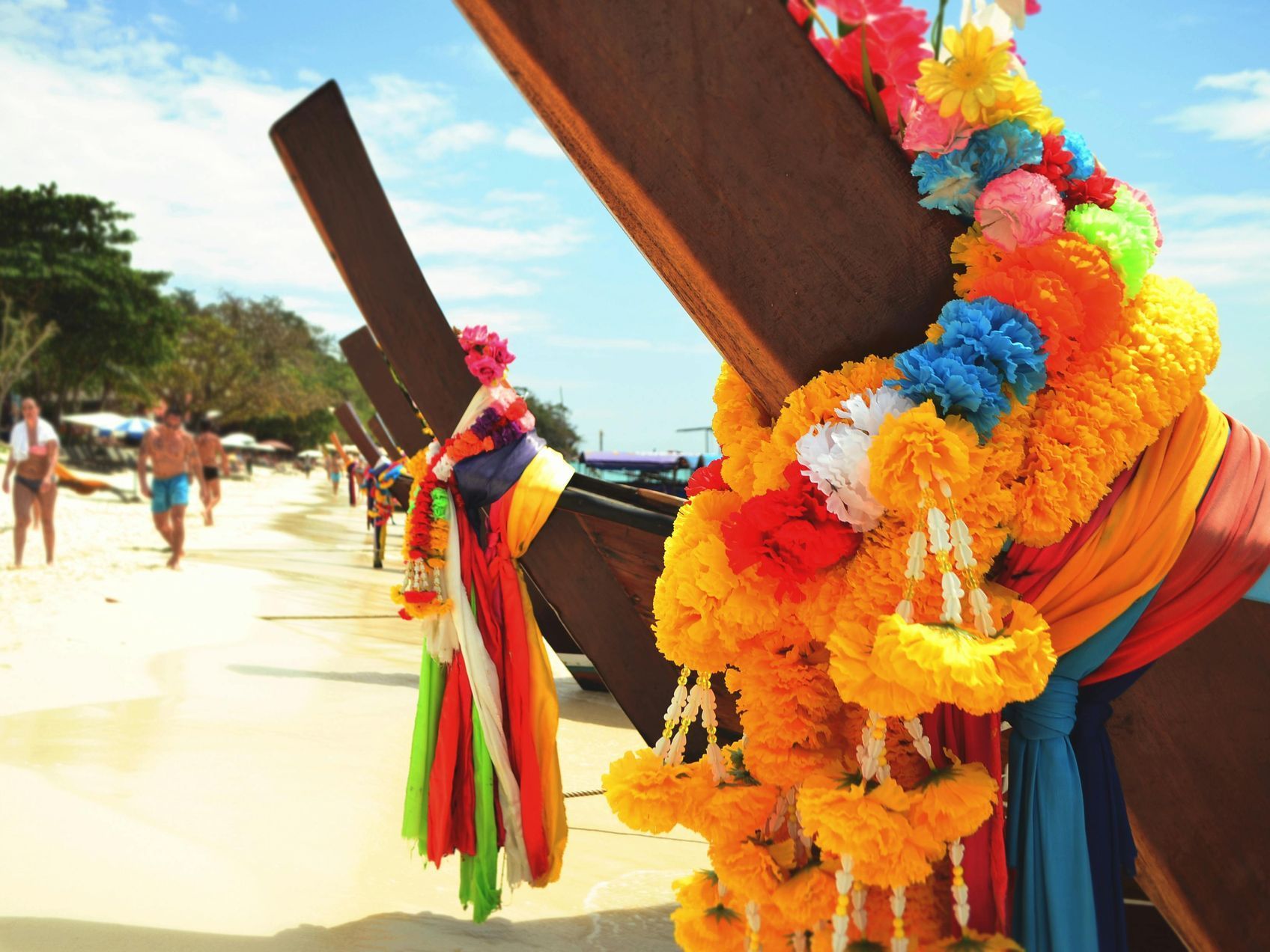
Understanding Thai cultural etiquette is essential for respectful and enriching travel experiences in Thailand. Similar to many Asian countries, Thailand places a significant emphasis on hierarchy and respect, with a concept of "losing face" being particularly sensitive. To ensure positive interactions with local Thais, it's beneficial to familiarise yourself with a few cultural customs.
Firstly, greetings in Thailand typically involve a gesture called a wai, where you press your hands together in a prayer-like position and bow slightly. It's customary for the person of lower social status to initiate the wai, and high-ranking individuals like monks may not return the gesture. Avoiding physical contact, especially touching someone's head, and refraining from passing objects over people's heads are also important signs of respect.
Feet hold a special significance as the lowest part of the body in Thai culture. It's considered disrespectful to point your feet towards others, show the soles of your feet, or have them higher than someone's head, especially in sacred places like Buddhist temples (wats) or Thai homes where shoes are typically removed.
Maintaining a calm demeanour is valued in Thai society, as displays of anger or aggression can cause loss of face. Patience and a smile can go a long way in resolving any misunderstandings or negotiations, whether with taxi drivers or in everyday interactions.
Regarding the Thai monarchy, utmost respect is expected. The national anthem plays twice daily, and Thais observe a moment of silence, ceasing all activity. It's essential to speak respectfully about the royal family and avoid any disrespectful behaviour towards their images or symbols, as it is a criminal offense.
When visiting Buddhist temples, adhere to the dress code which typically requires conservative attire covering shoulders and knees. Sarongs or shawls can be useful to carry for covering up appropriately. Avoid loud behaviour, pointing, and mobile phone use within temple grounds, and never point your feet at Buddha images or people while seated.
Navigating these cultural nuances not only shows respect but also enhances your overall travel experience in Thailand. If unsure about local customs, don't hesitate to seek guidance from a local guide or tour leader. By approaching interactions with mindfulness and respect, you'll cultivate meaningful connections and deeper appreciation for Thailand's rich cultural heritage.
Thailand’s Food
The basis of a Thai meal is rice, usually steamed although it can be made into noodles, while glutinous or sticky rice is preferred with some specialties. Accompanying the rice are main dishes featuring vegetables, meat, seafood, egg, fish and soup. Although Thais generally prefer hot, spicy food, not all dishes are so intense and there are grades of hotness as Thai food can be modulated to suit most tastes. Thailand is also the perfect place for a large choice of tropical fruits such as mangos, pineapple, bananas, longan, mangosteen, jackfruit, as well as the famous durian, dubbed ‘the fruit of the gods’ fruits very special smell and taste.
thailand's Weather
From November to February, the weather is dry, and temperature service charge is already not too hot (highs normally 80s F). During these winter months, the temperatures in the far north can drop during the evenings.
From March to June, the heat returns, with temperatures soaring to over 100' during the day. However, there is rarely any rain during this time, and the humidity is low.
Thailand's rainy season beginning toward the end of June. During this time, there is high humidity and daily thunderstorms.
The Southern Thai beaches are faced with two weather systems. From October to April, the west coast is dry season, while January to September is dry in the gulf.
JOIN OUR NEWSLETTER
Experience the world of sustainable luxury travel with us by subscribing to our newsletter ‘The Circular’.
Let A’ARU Collective be your trusted companions on a journey that is both enriching and captivating
No spam. We respect your privacy.

